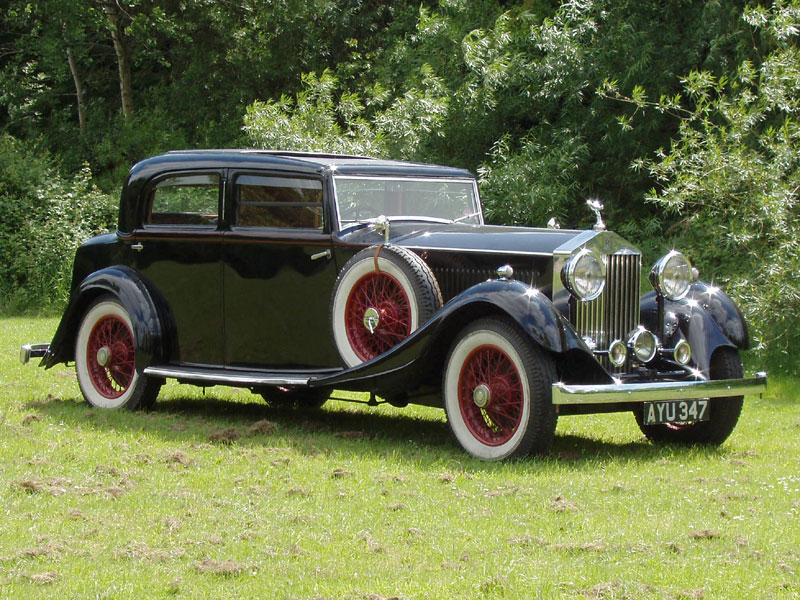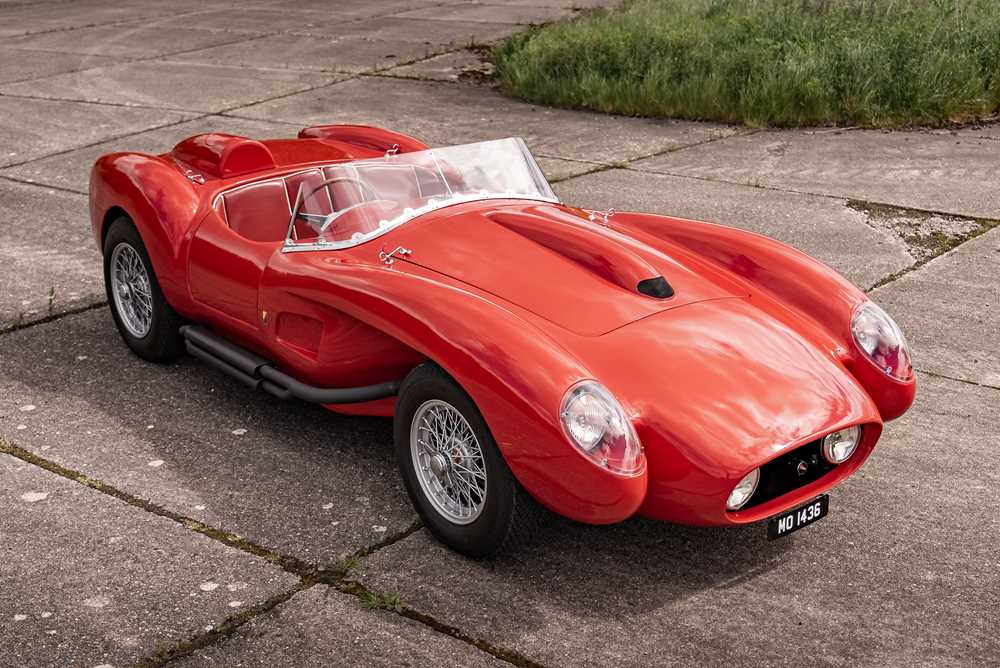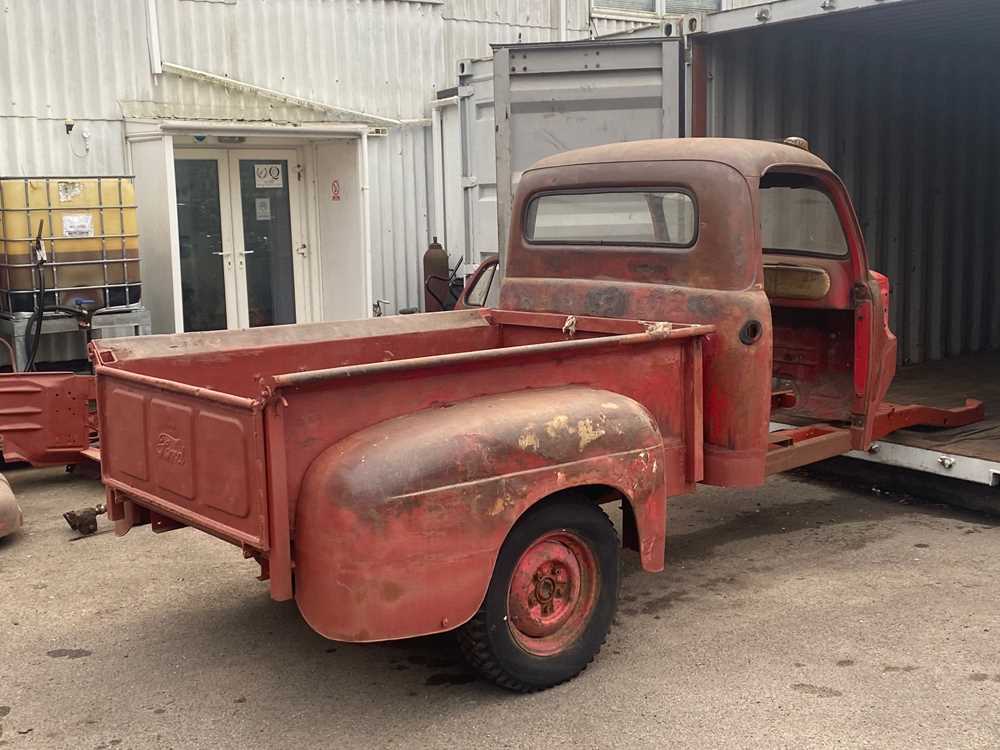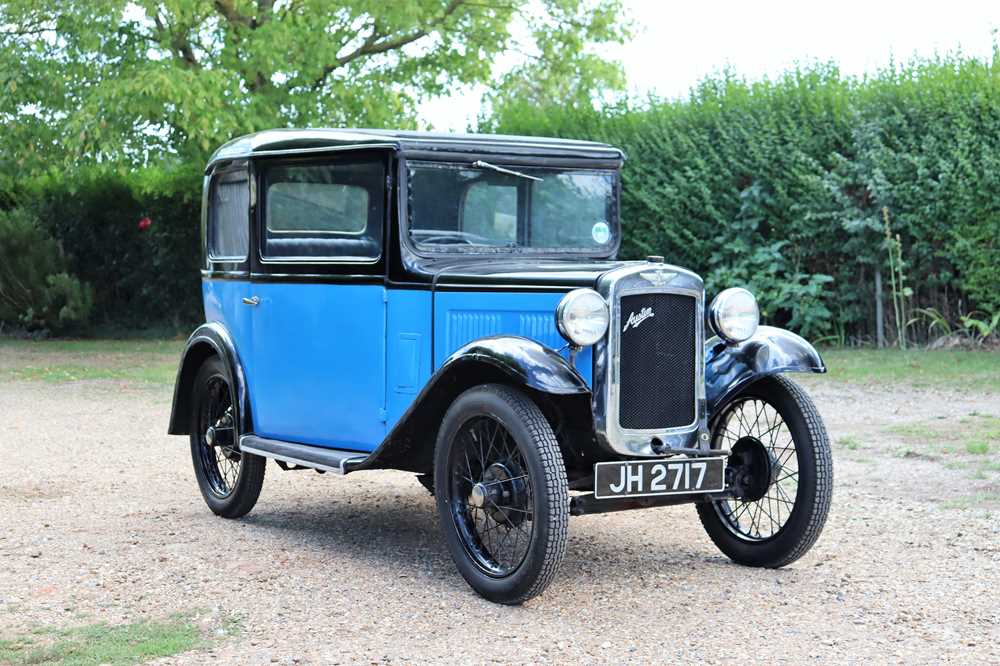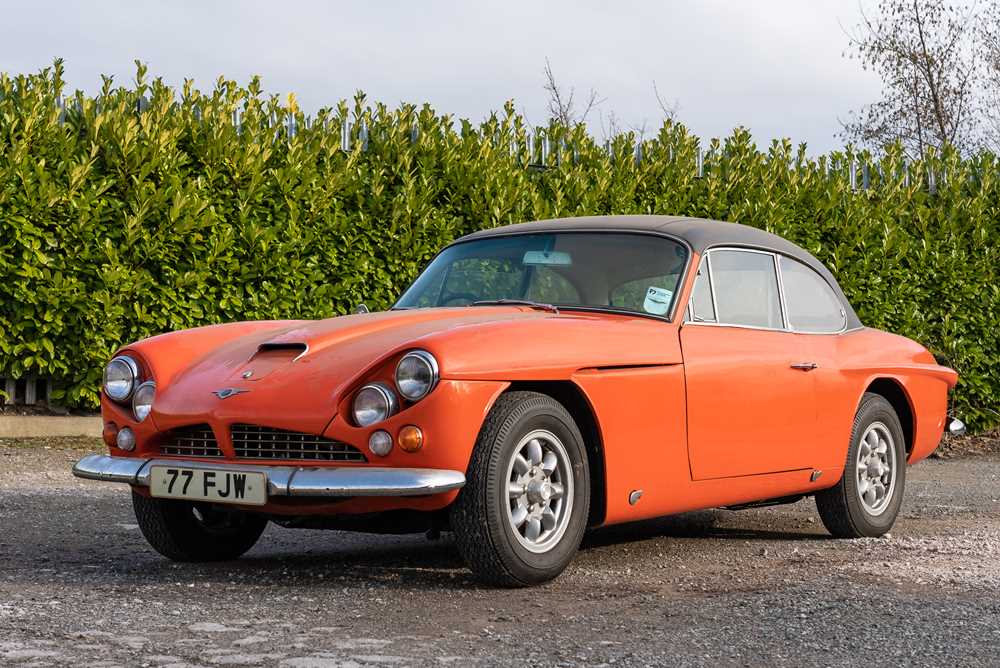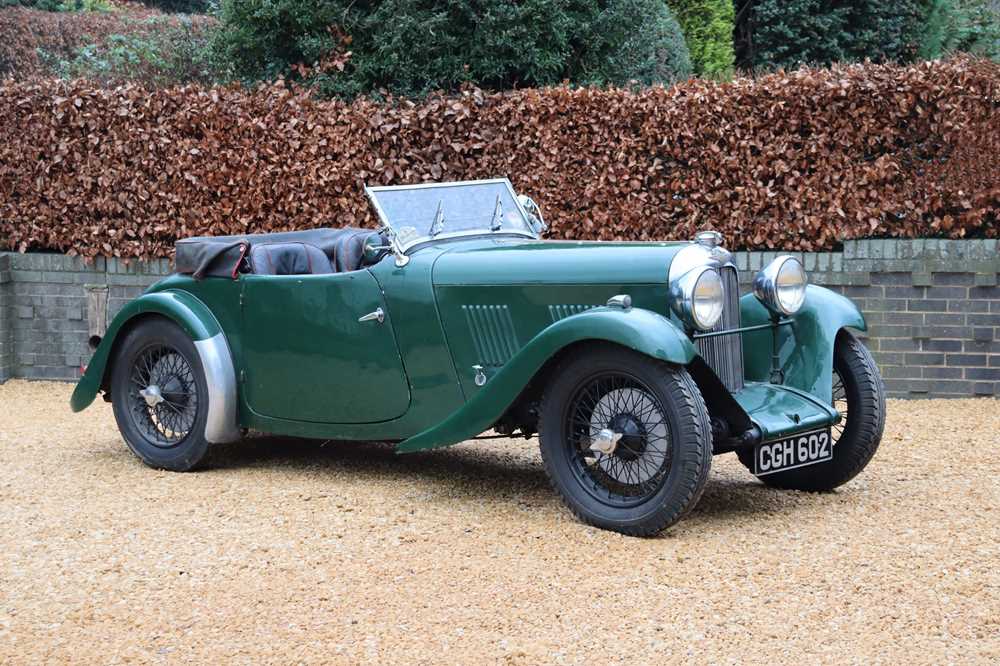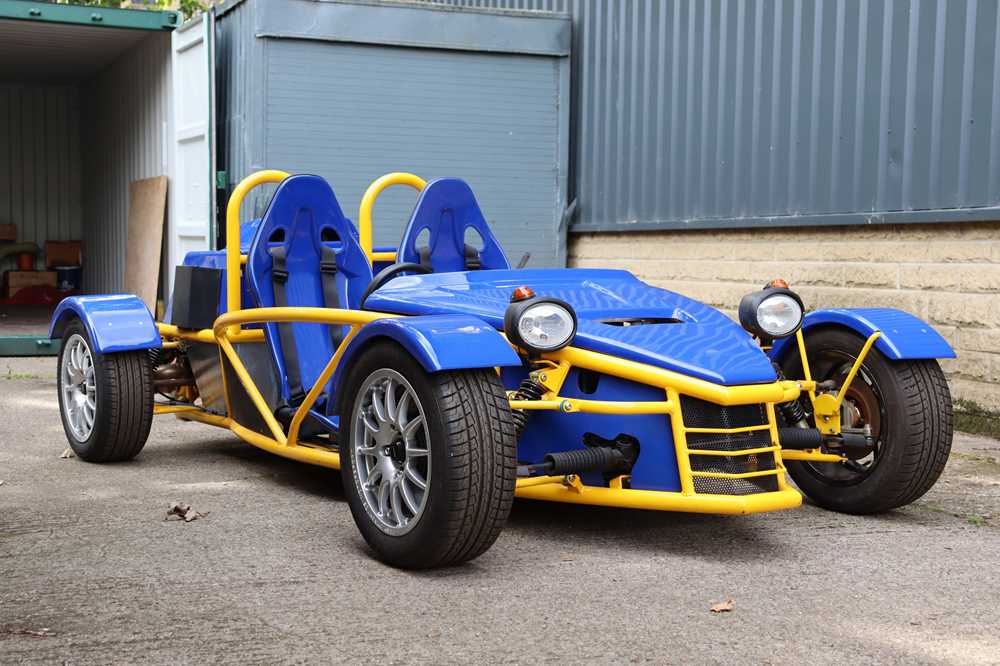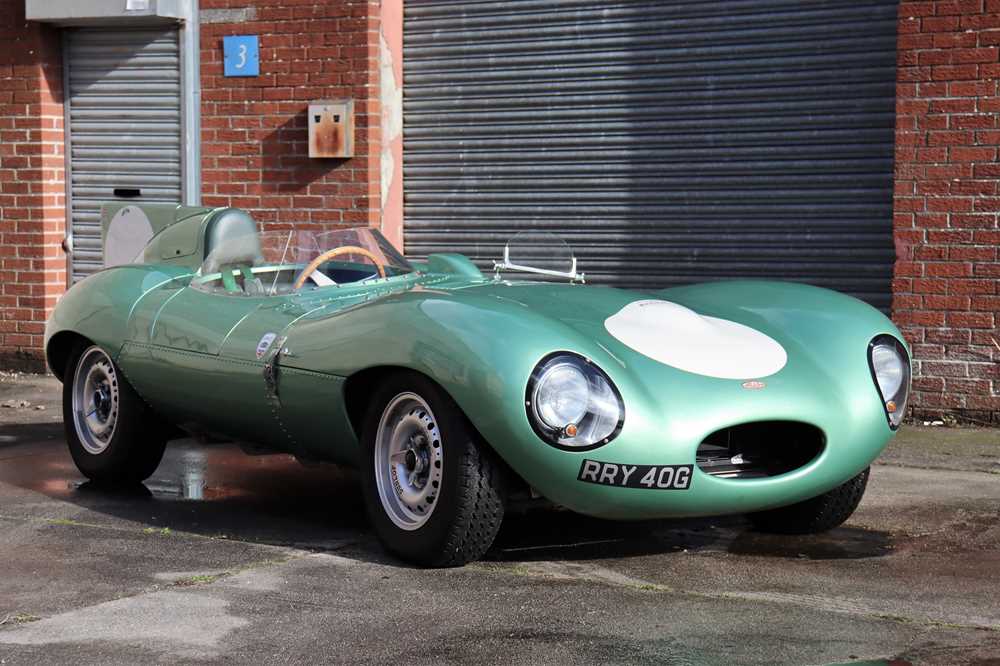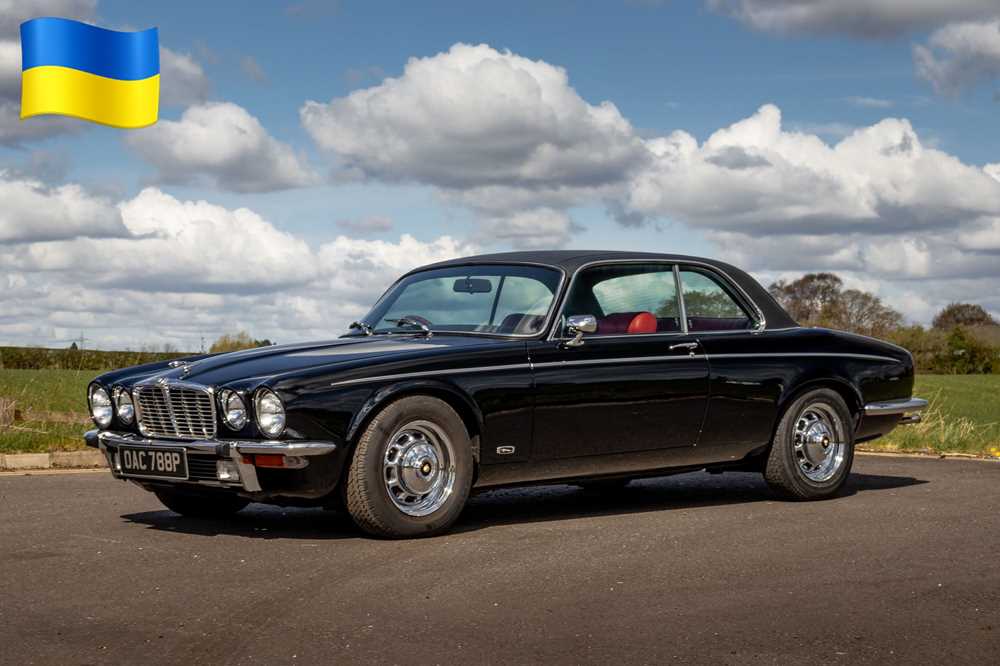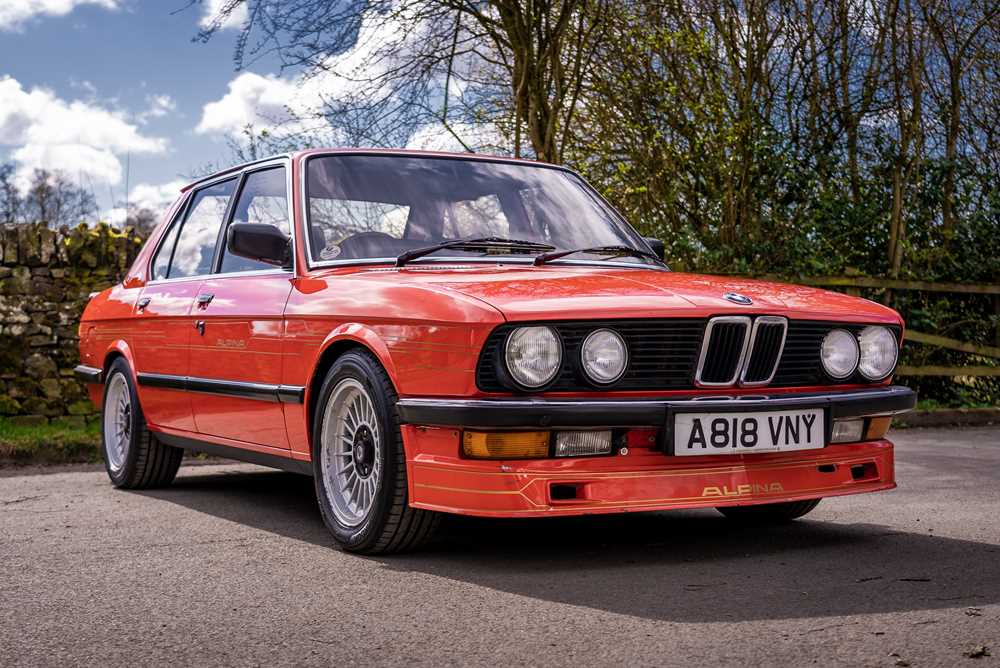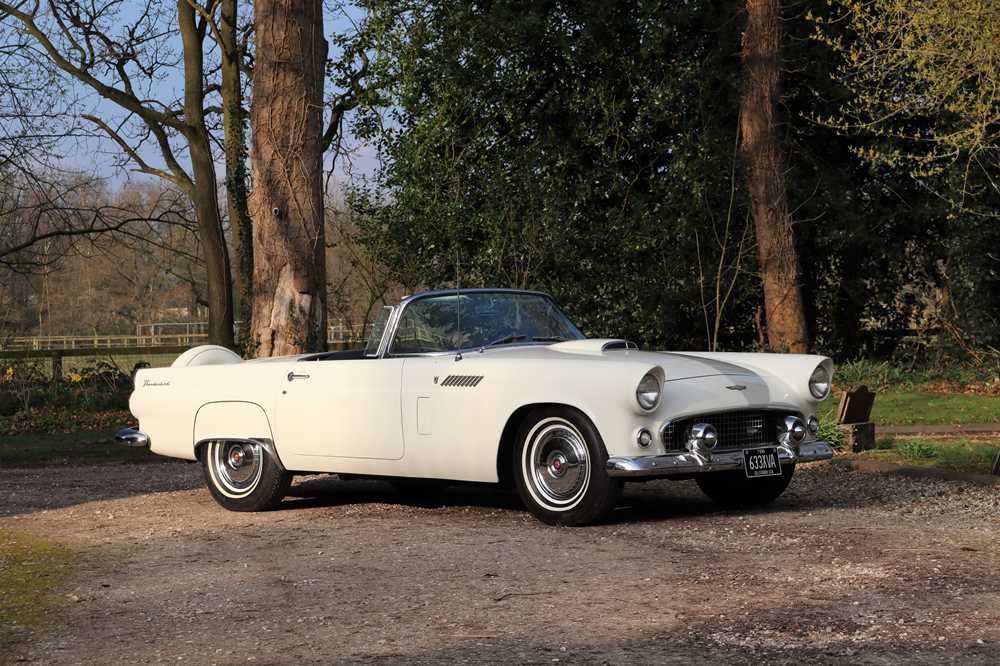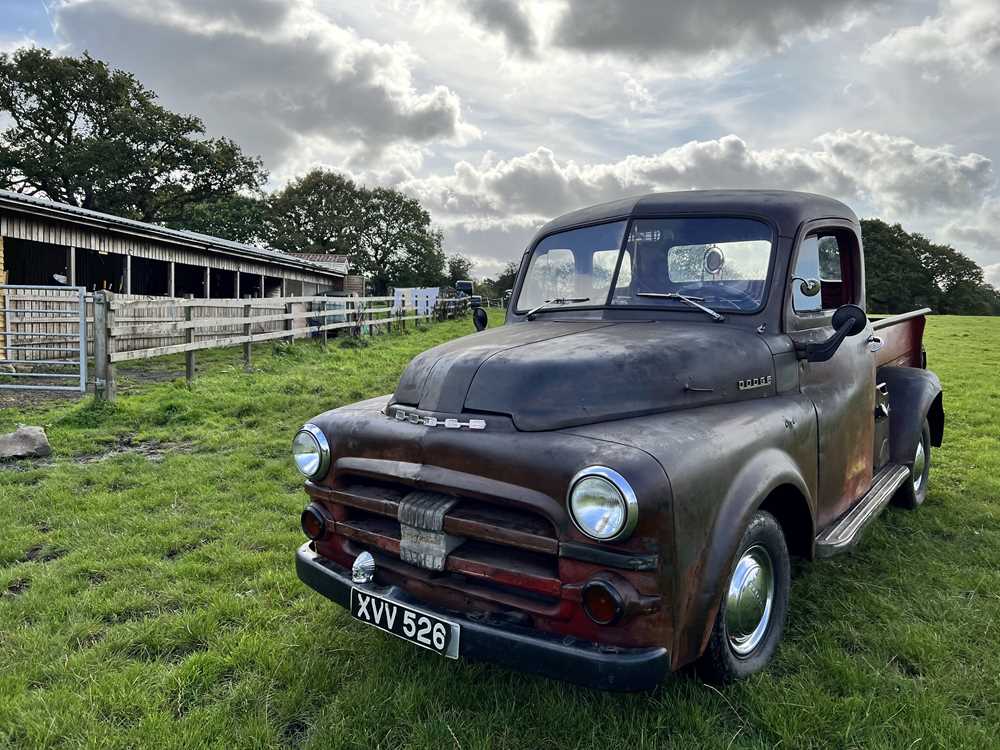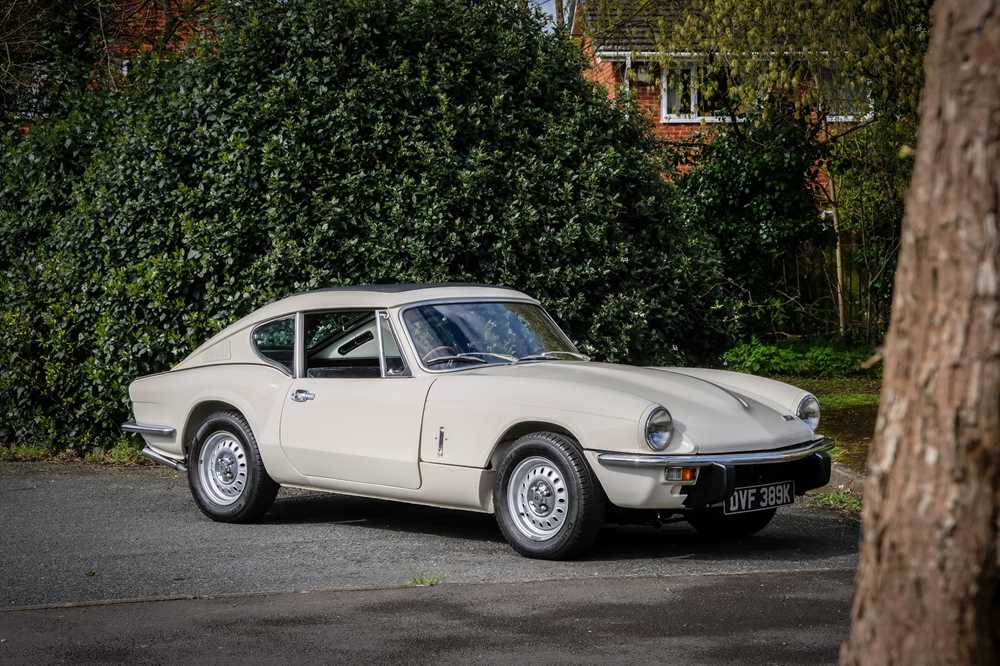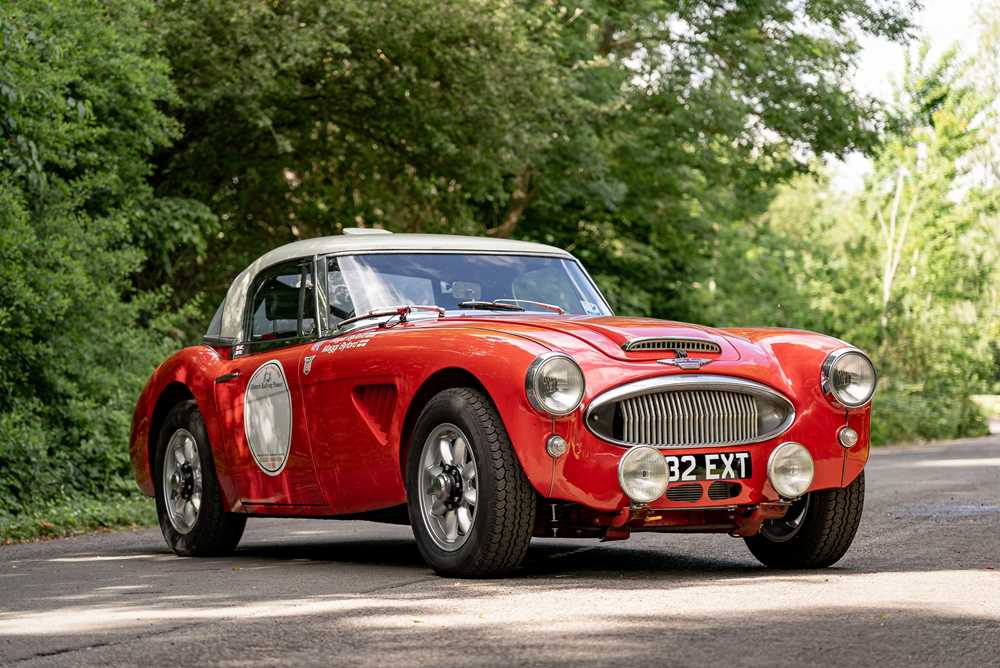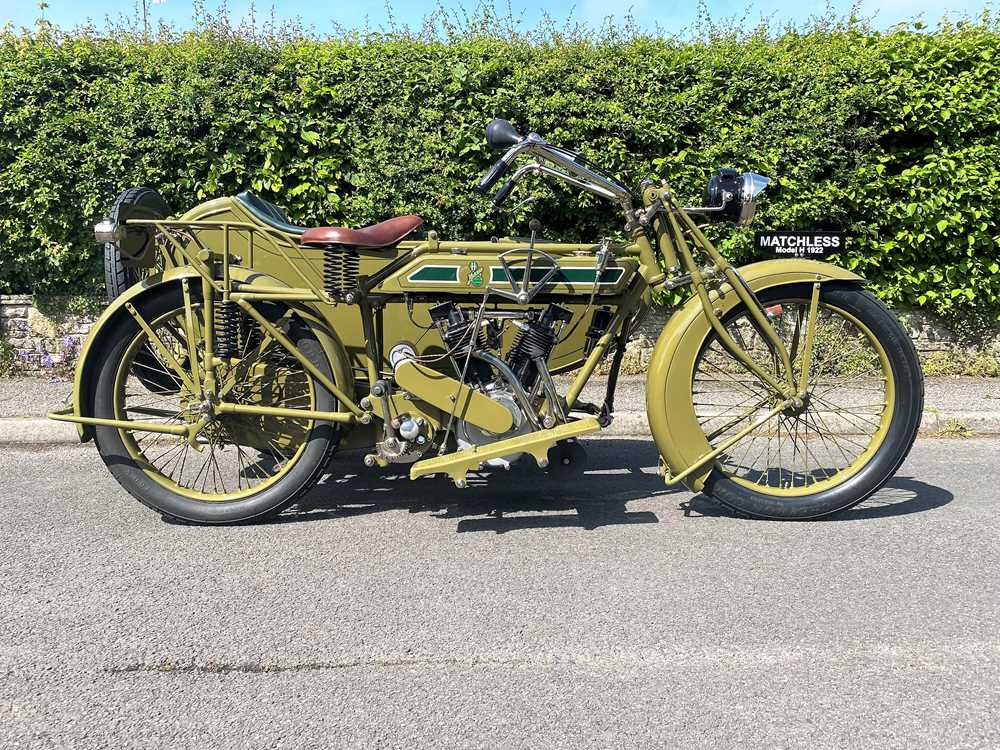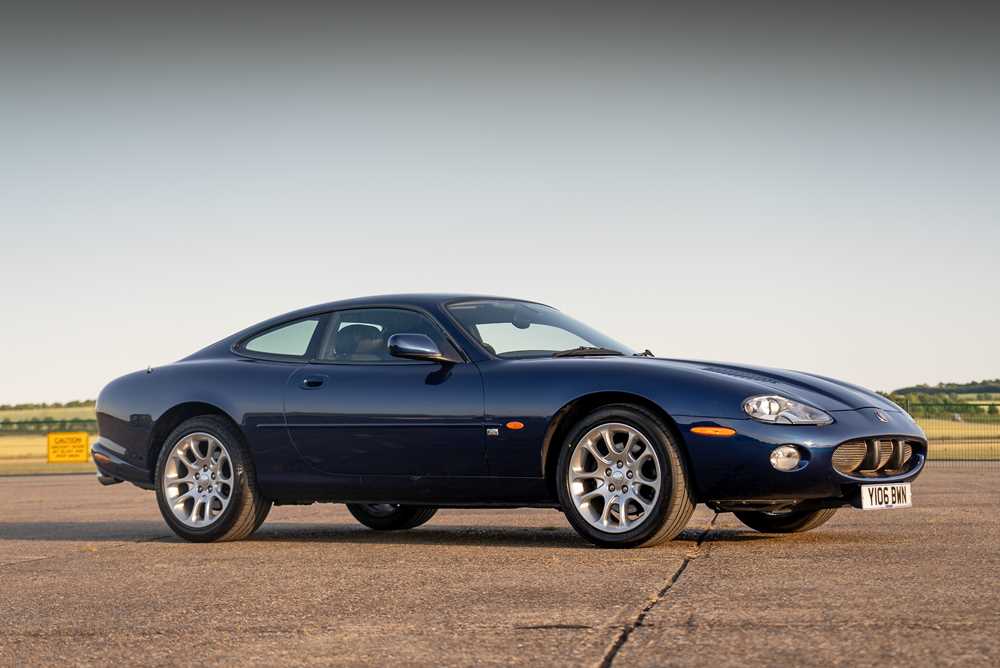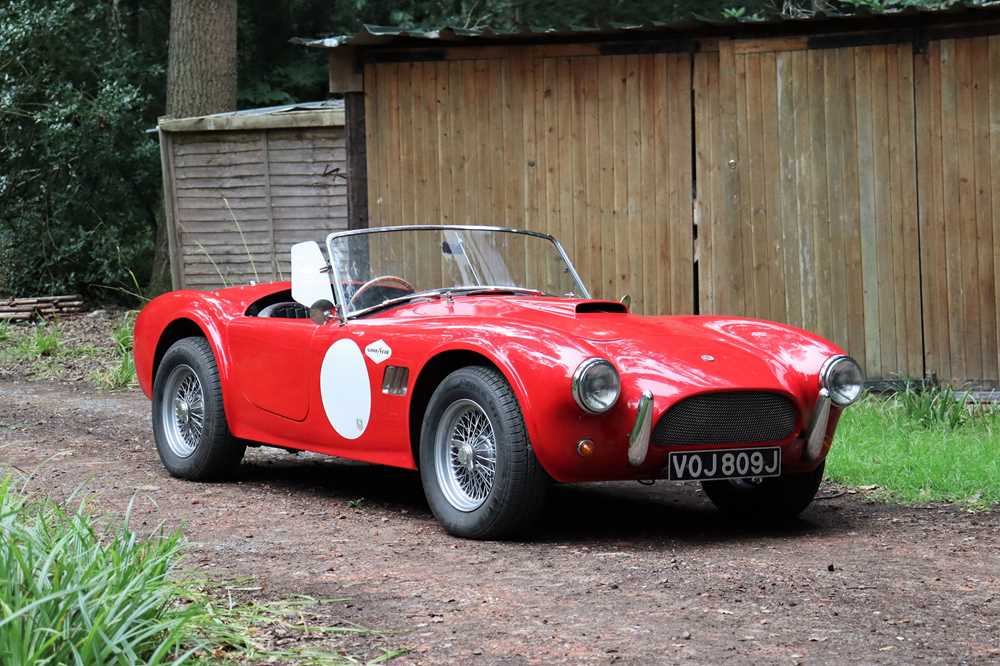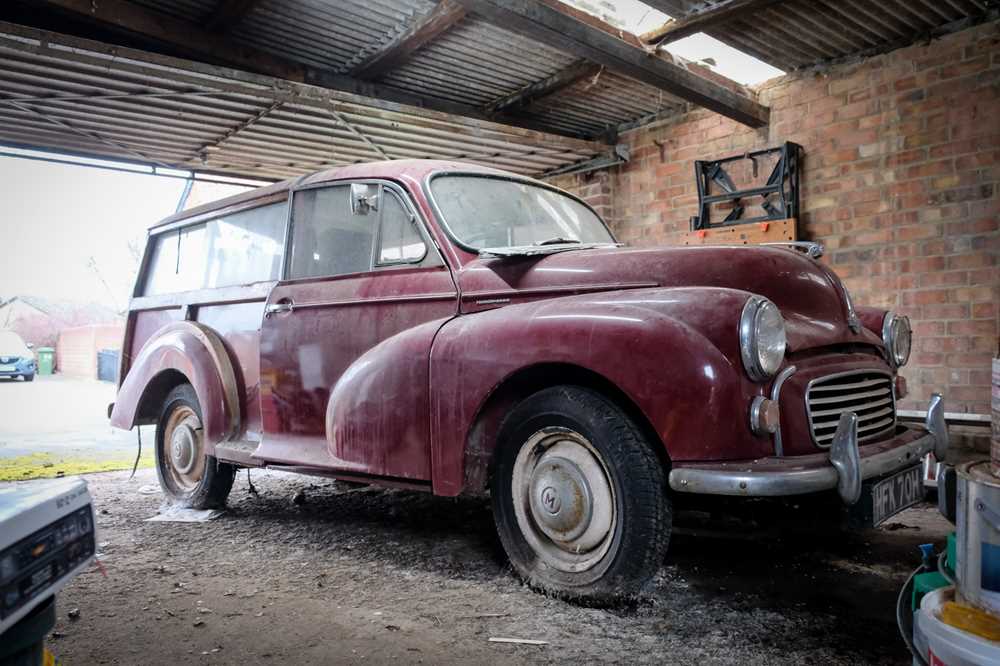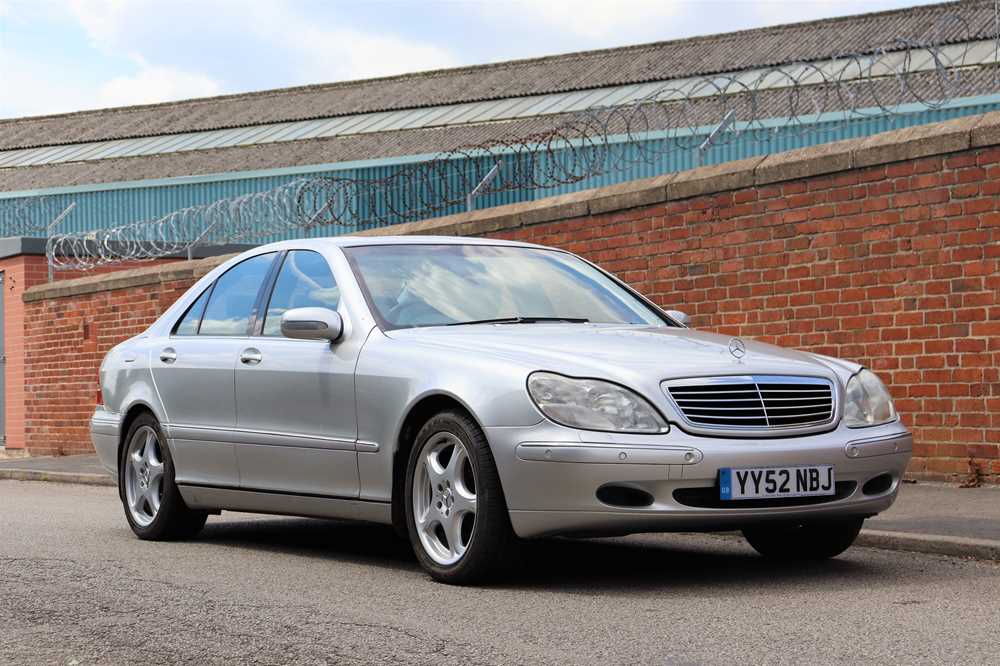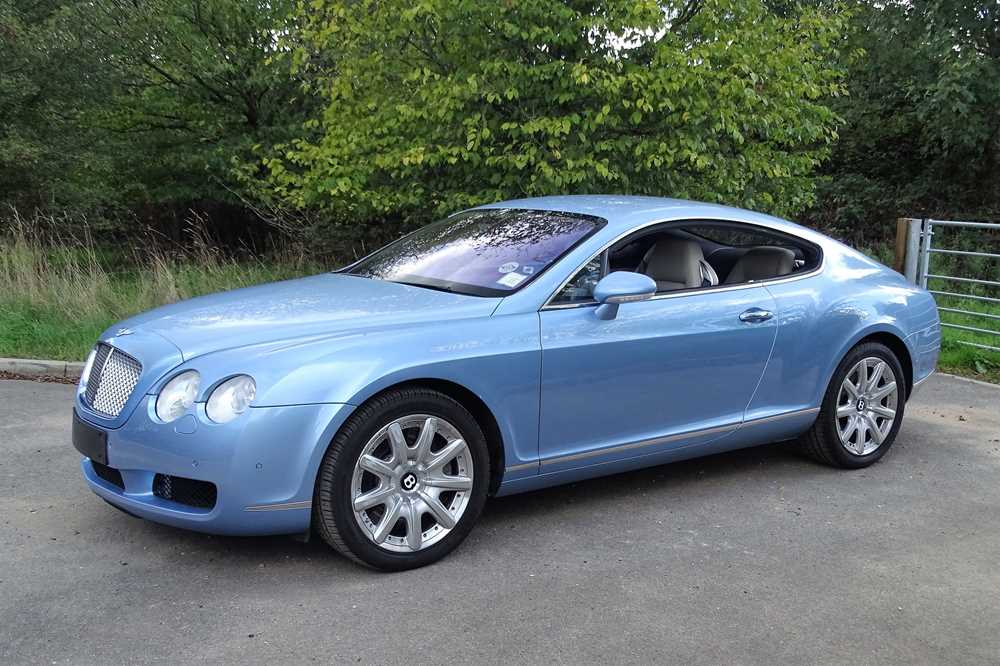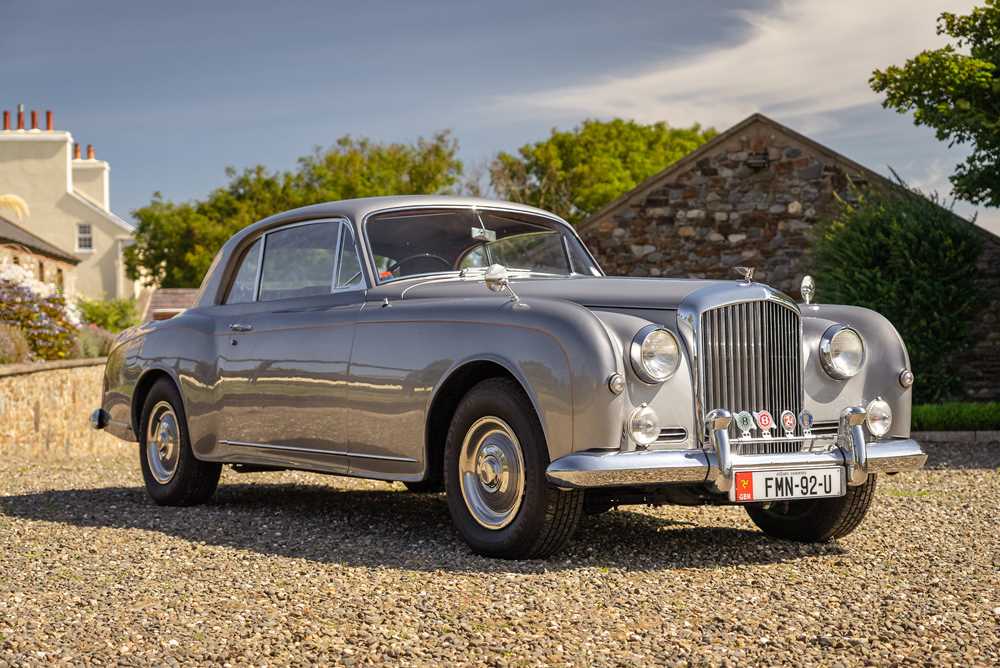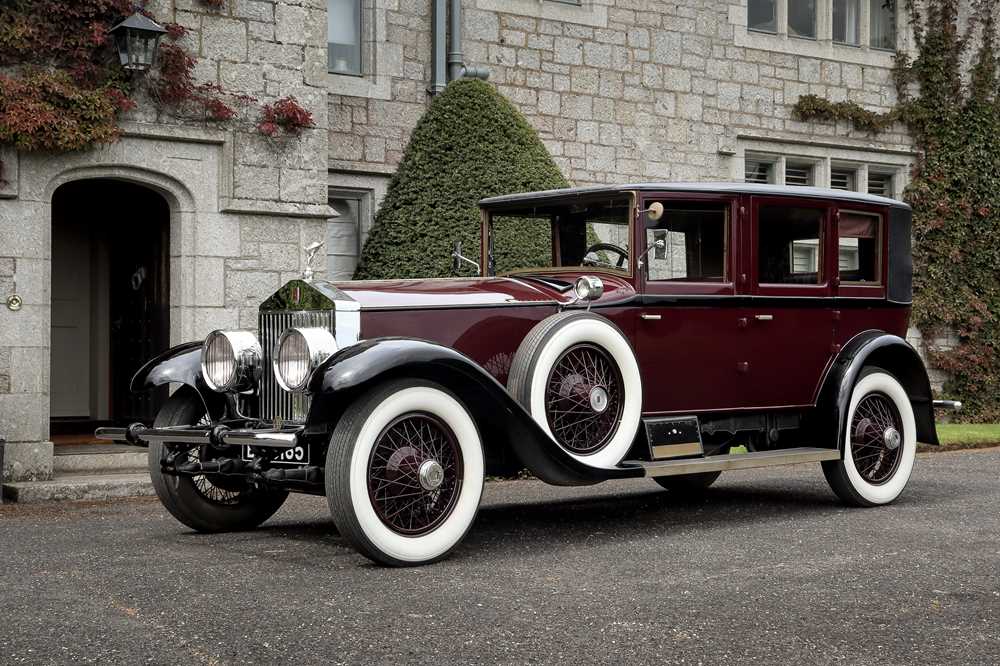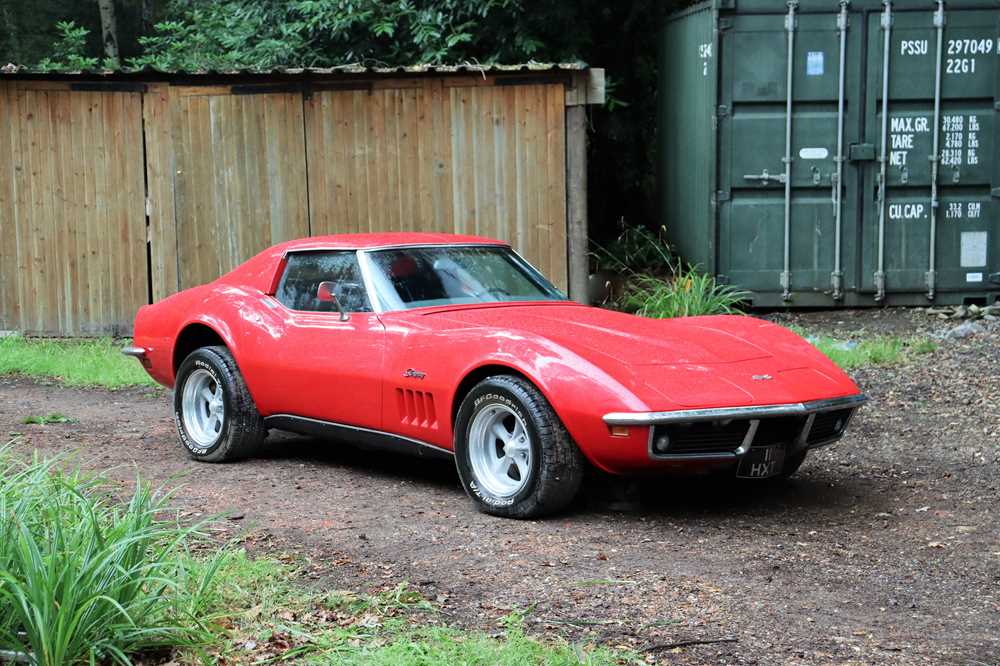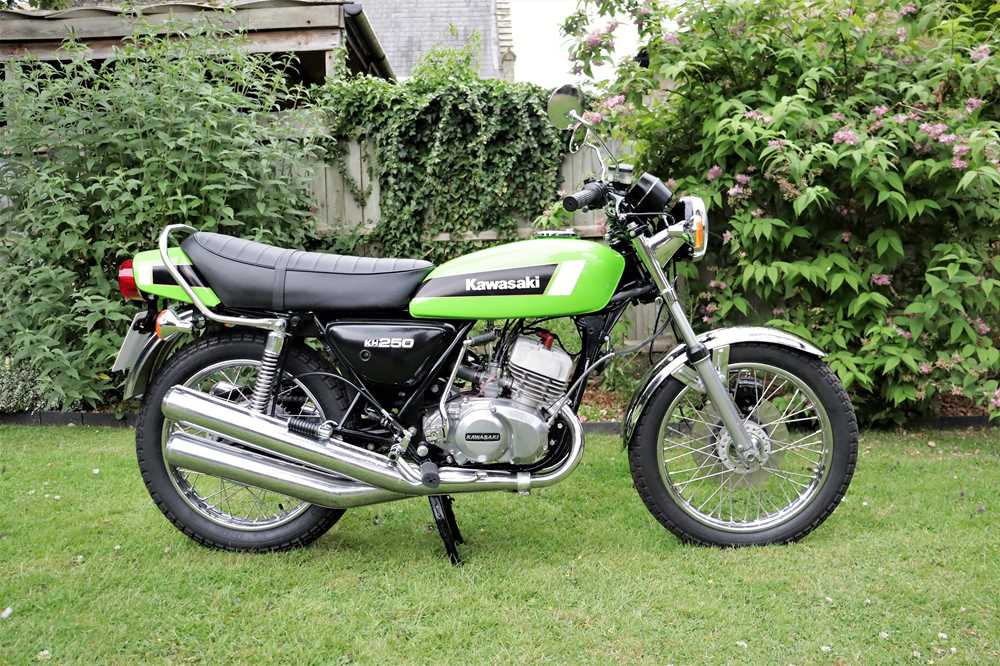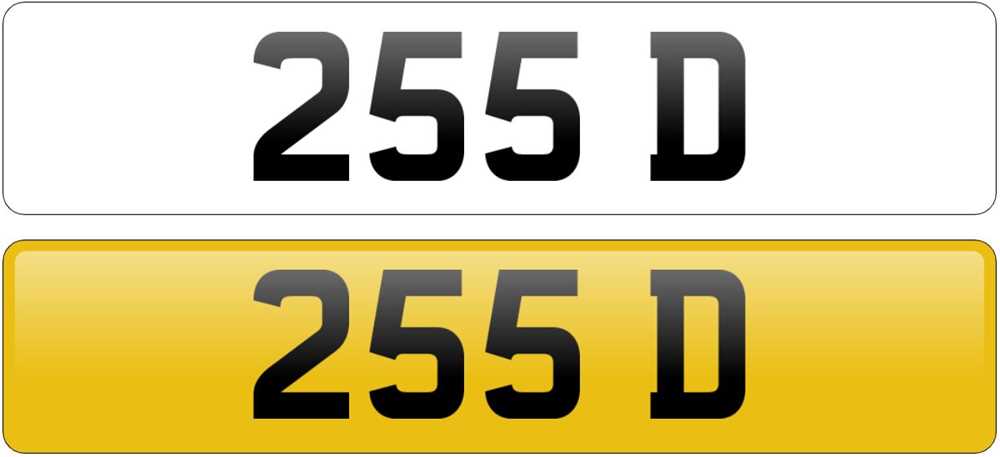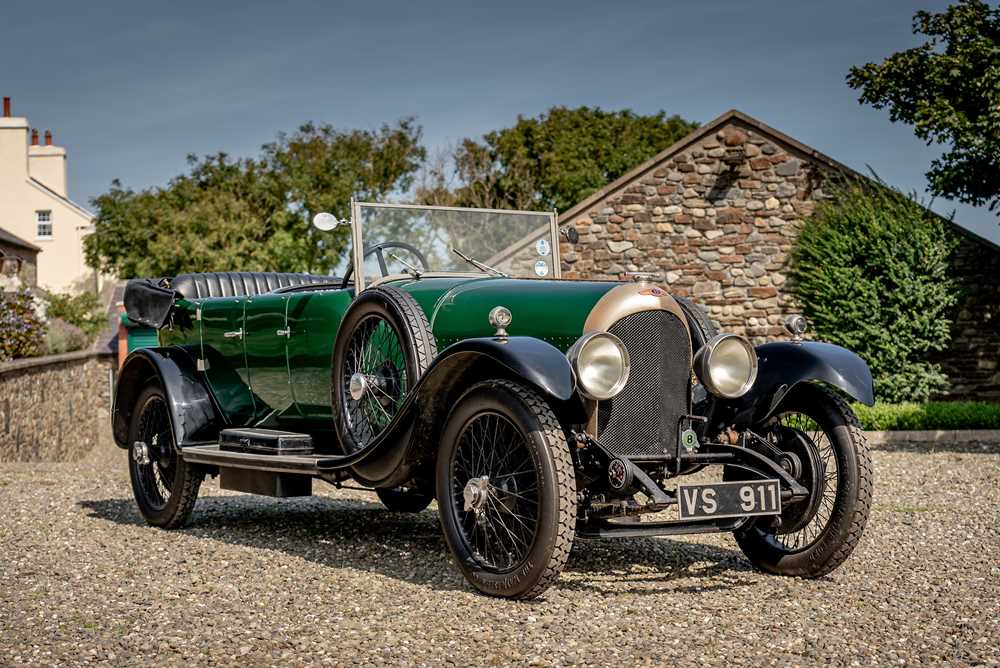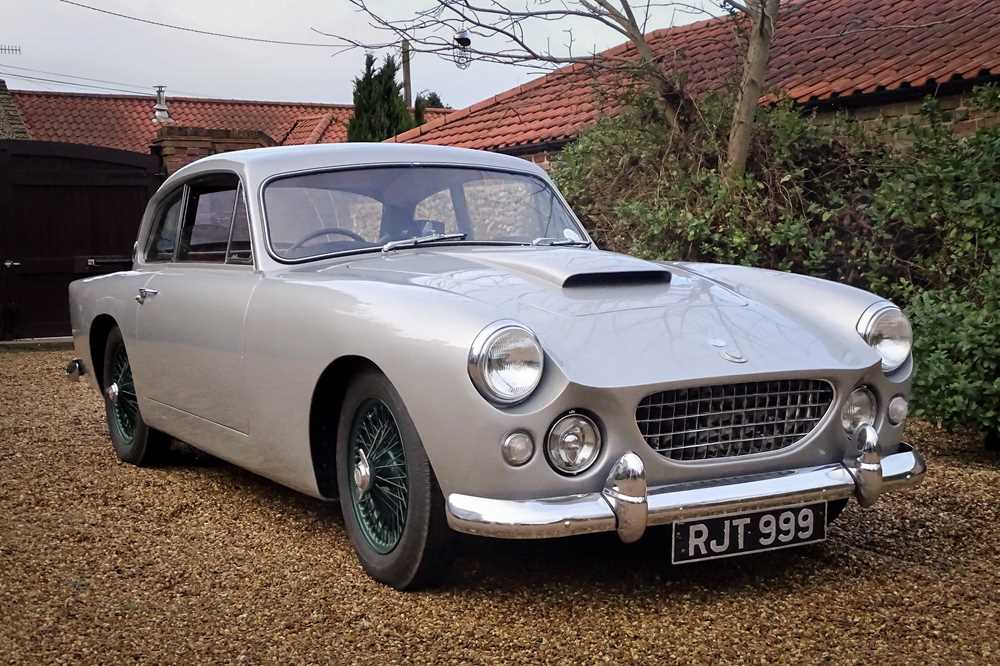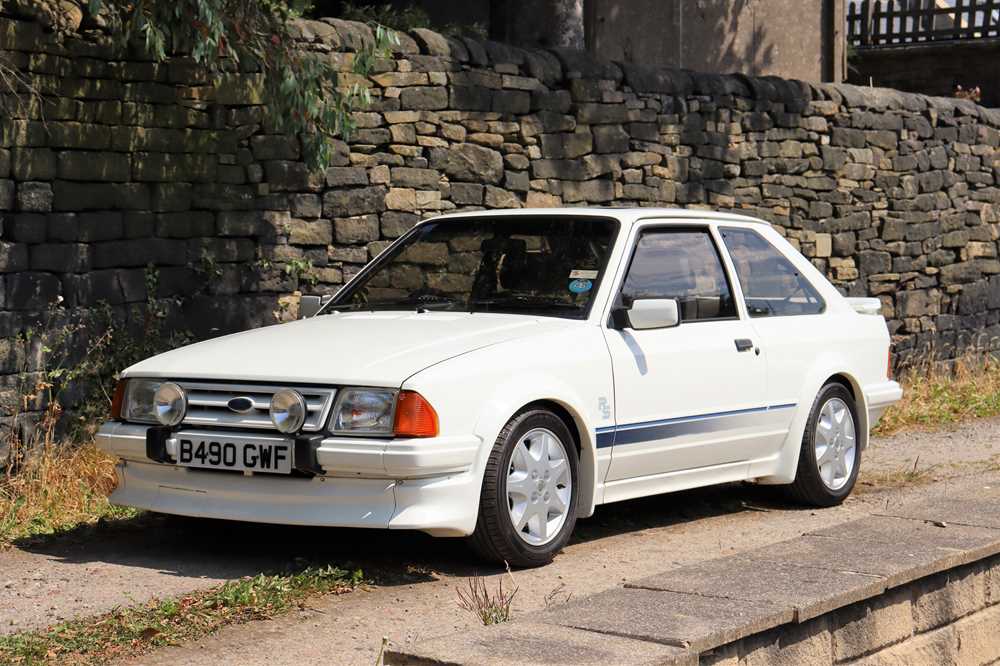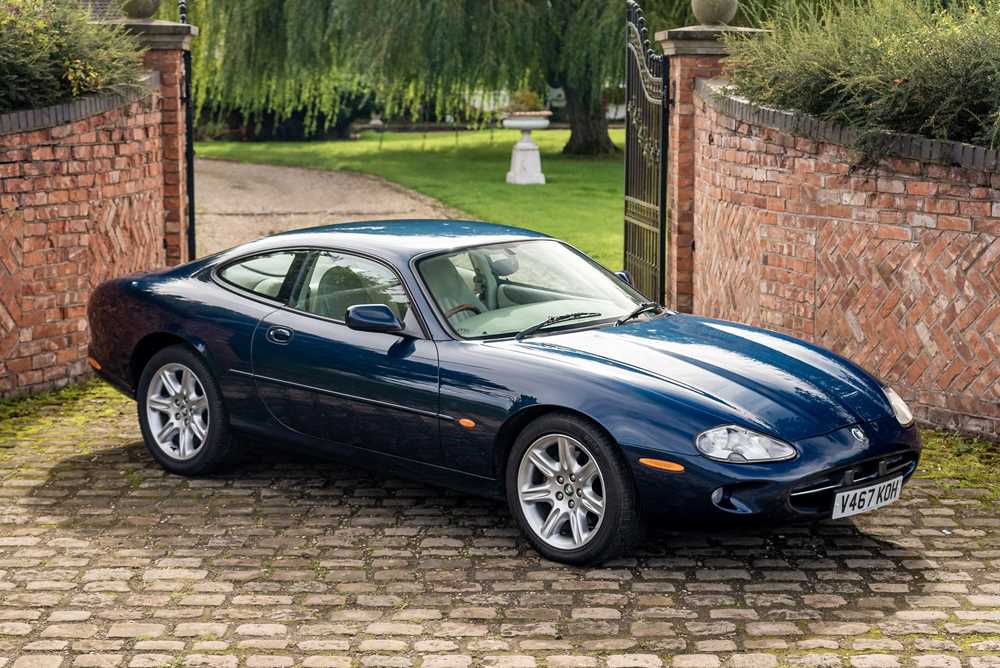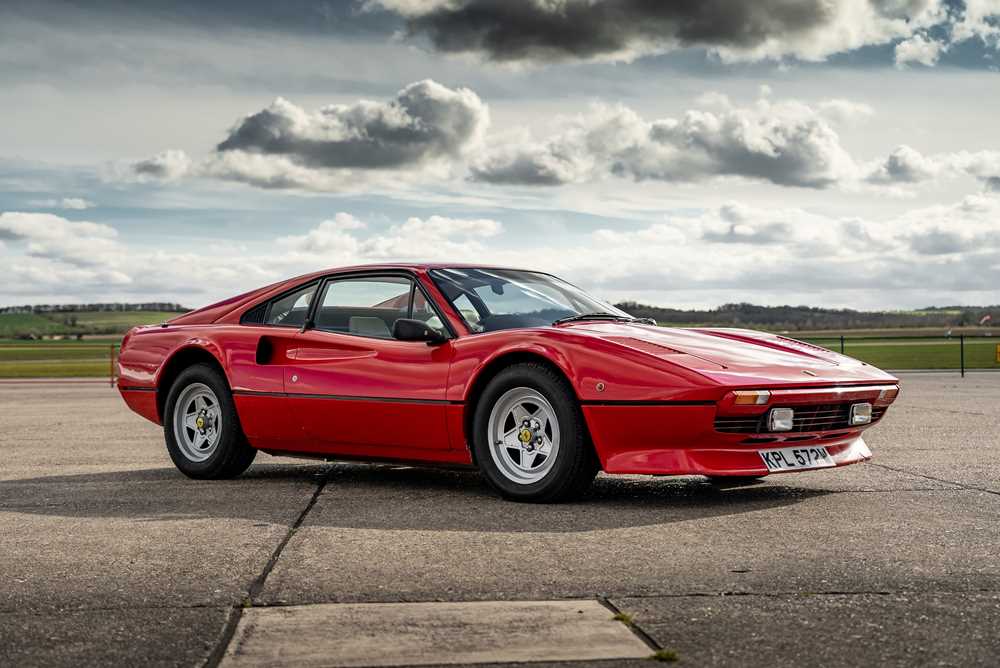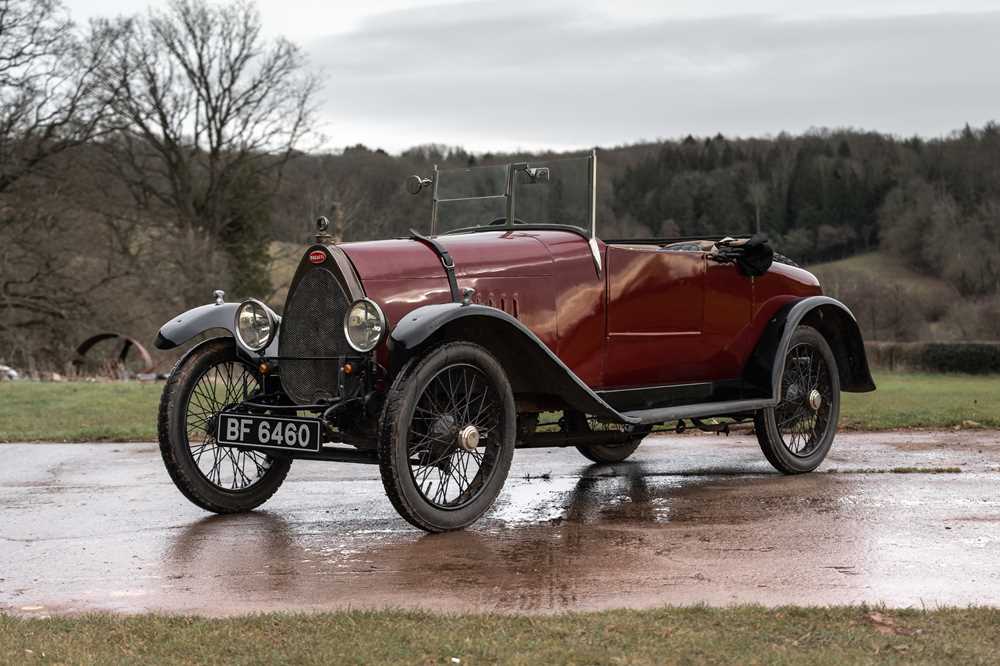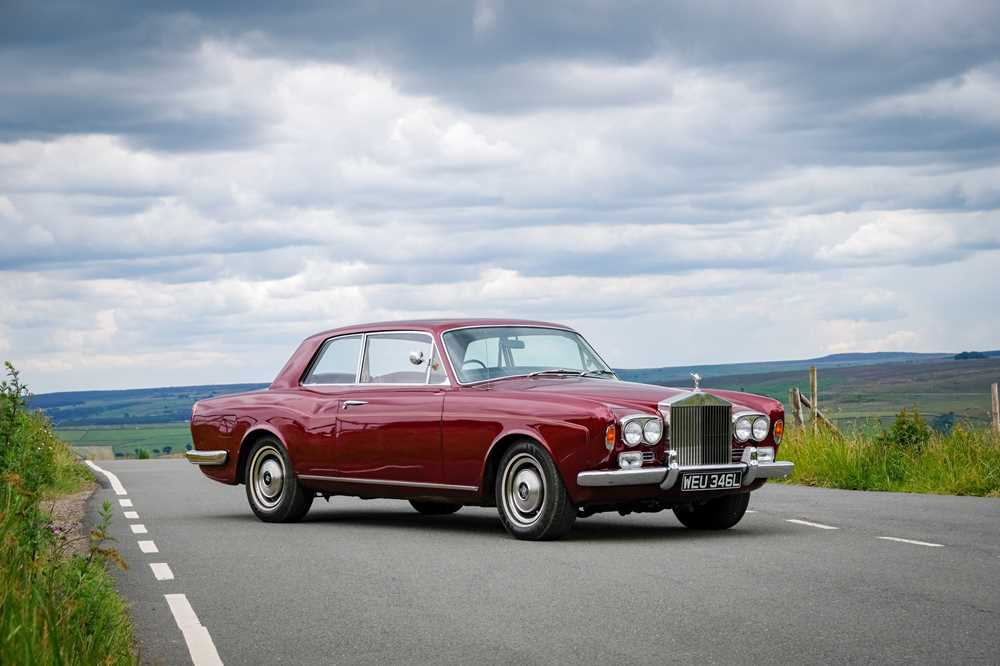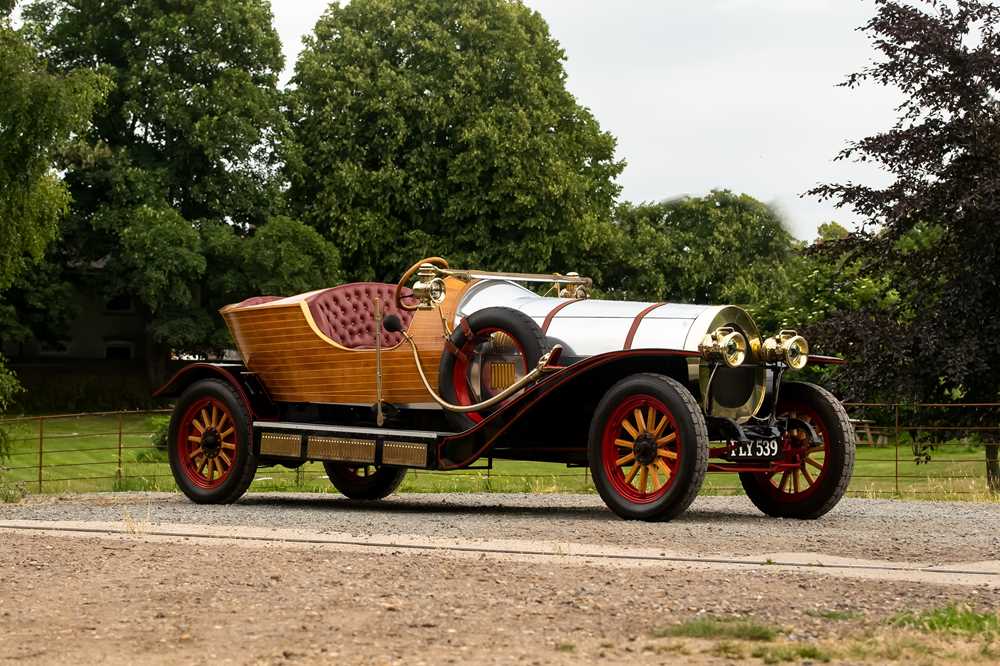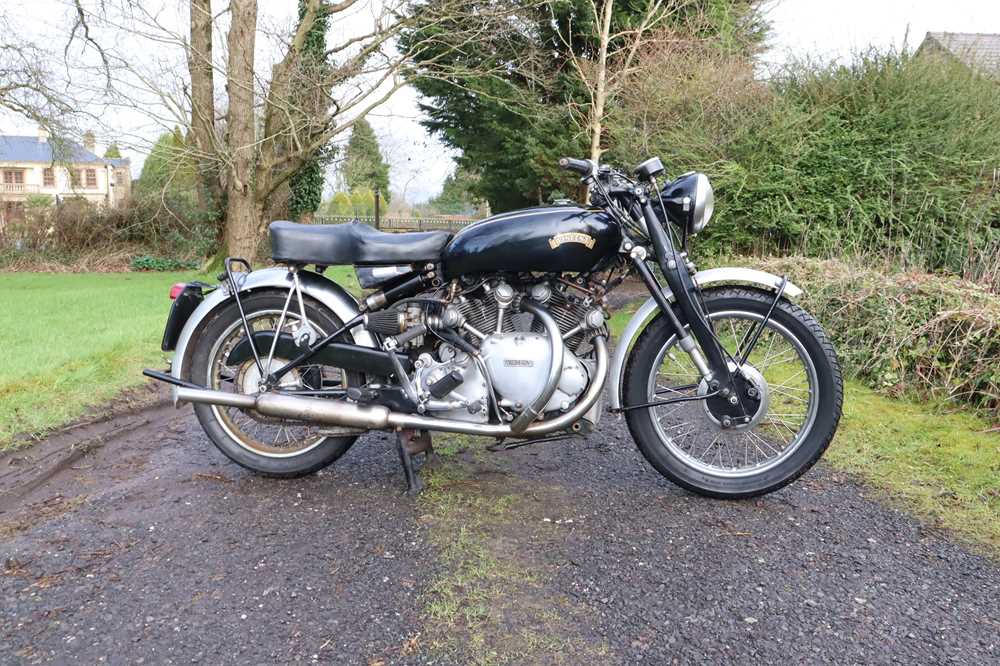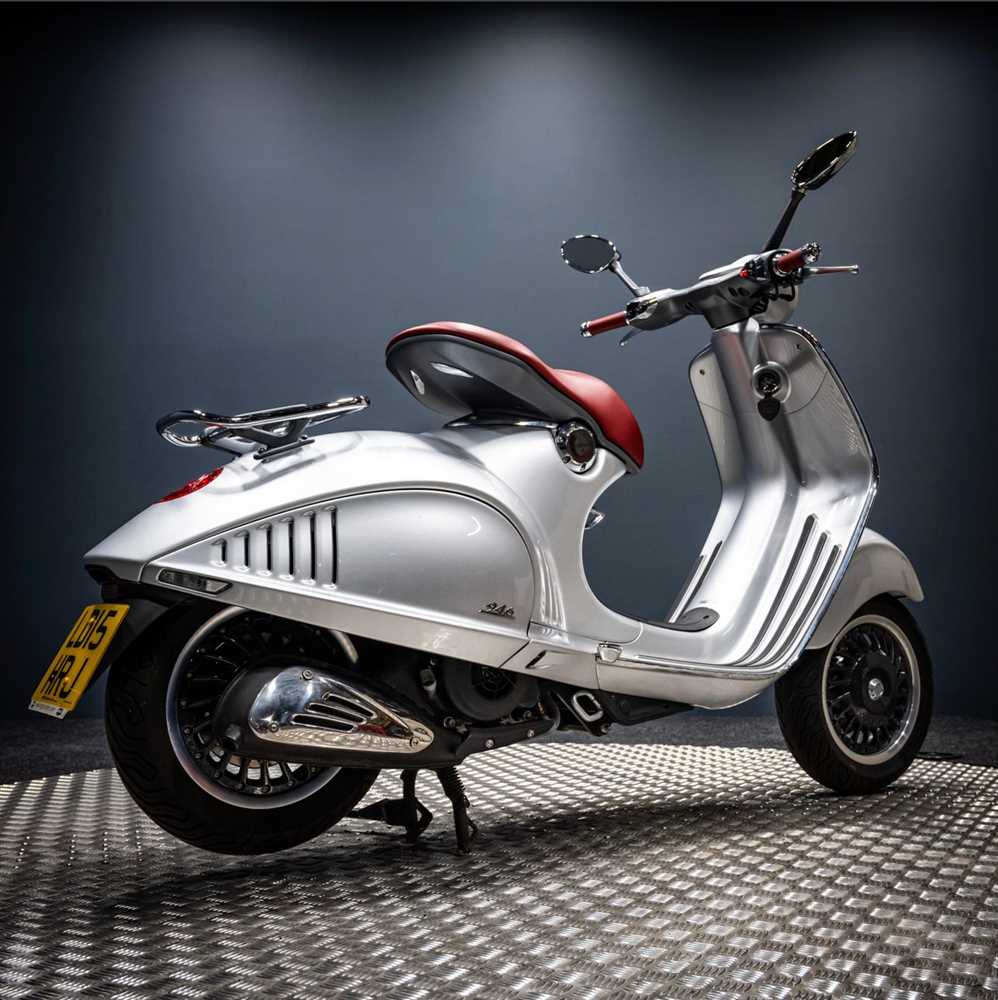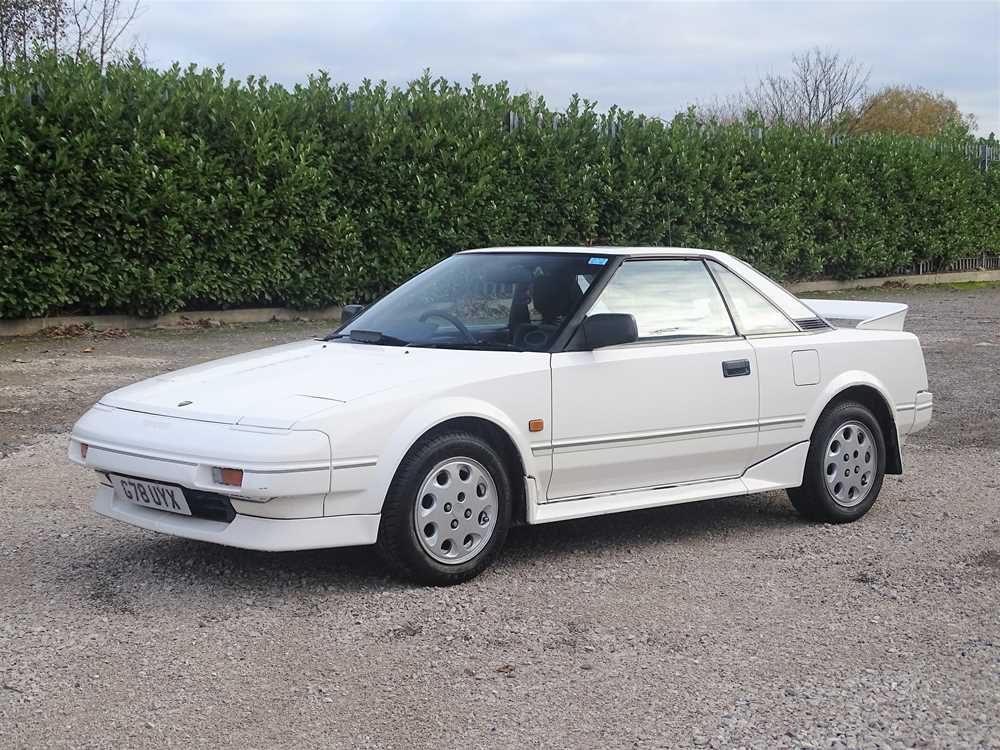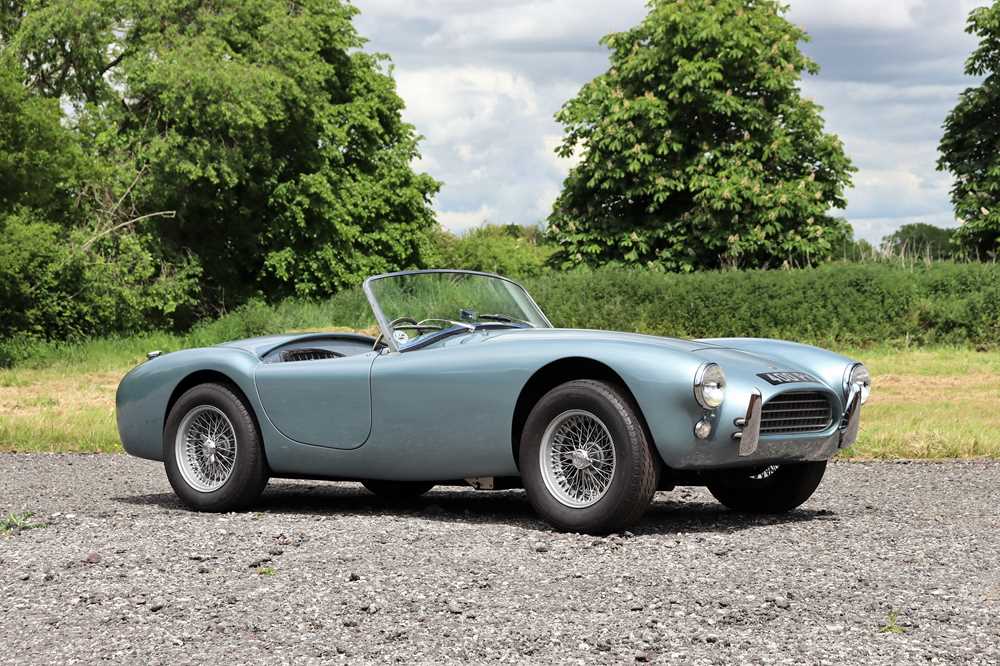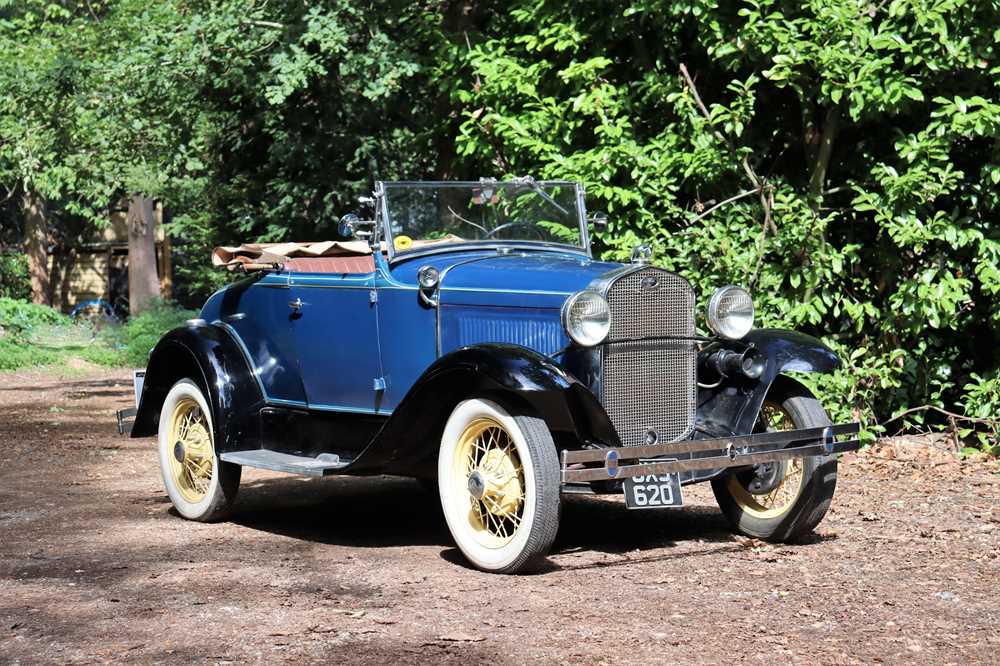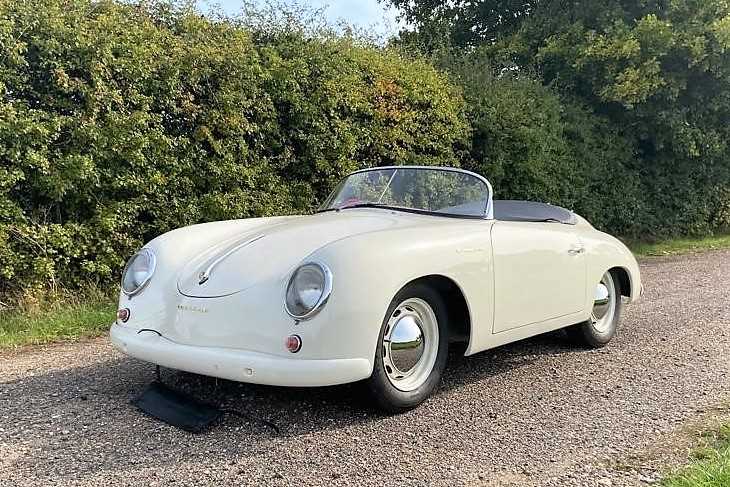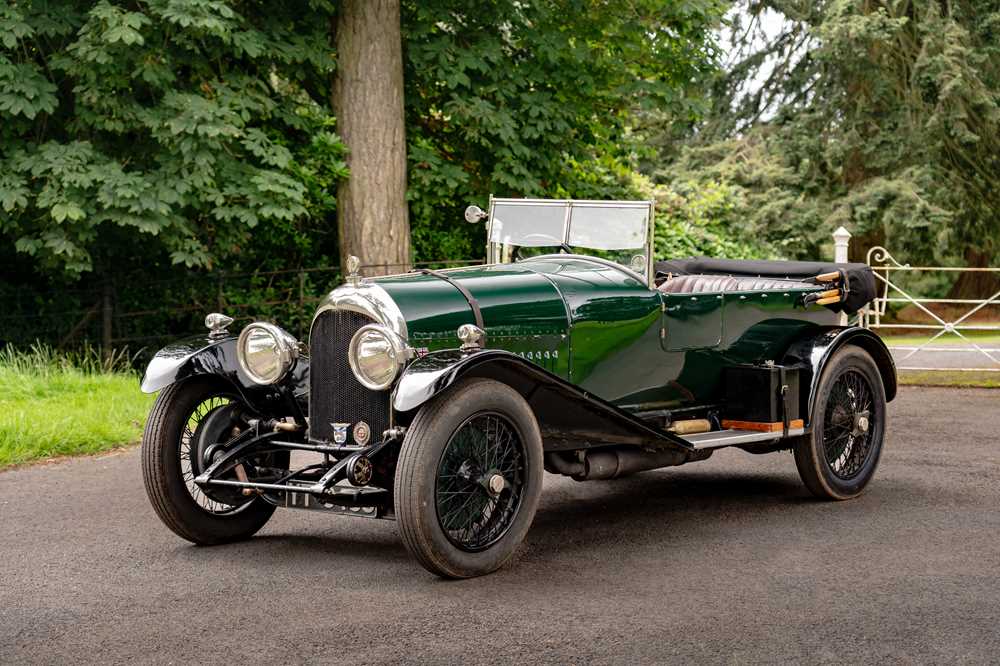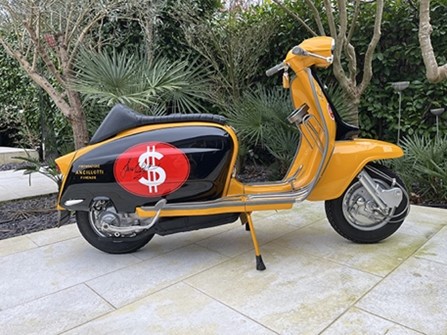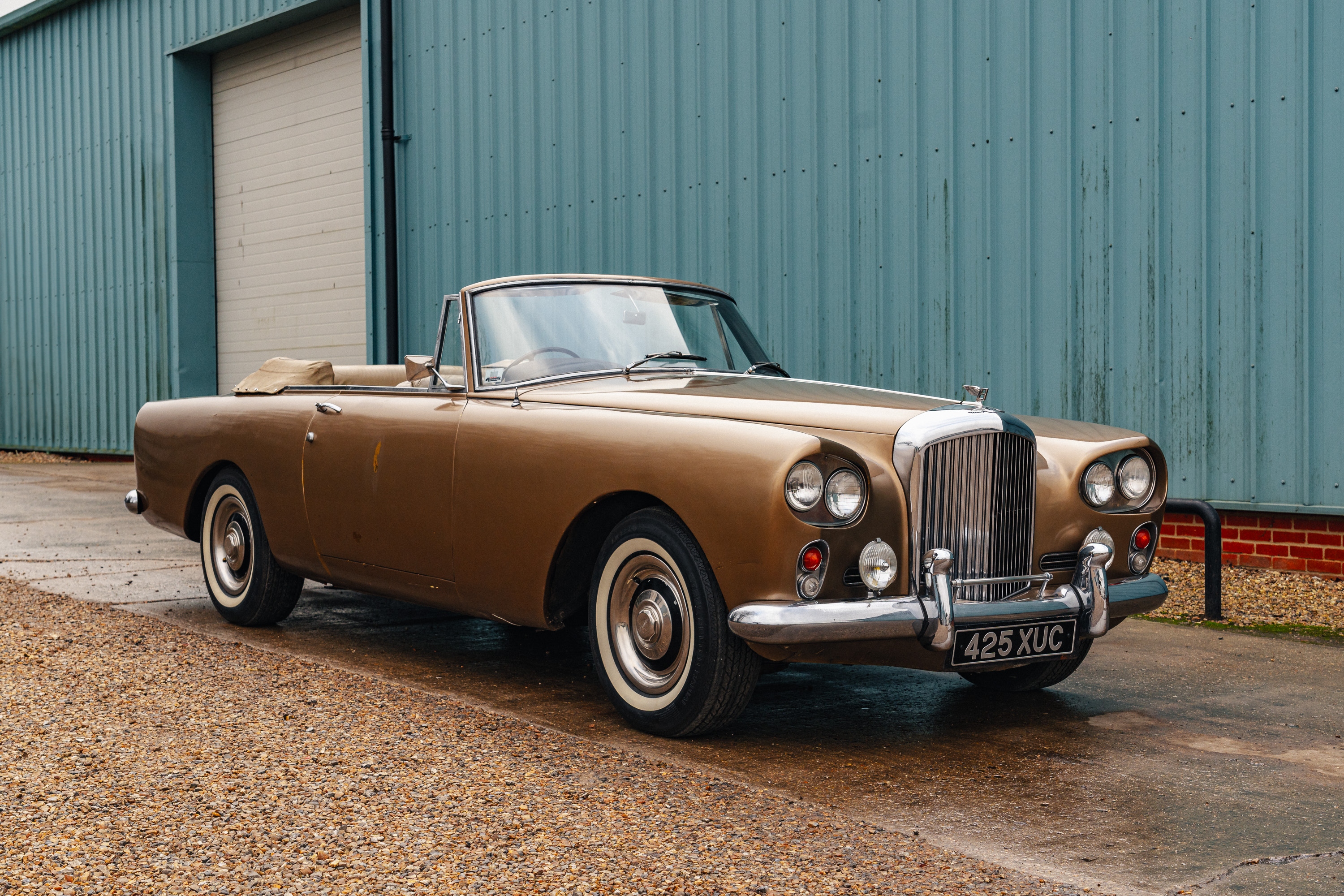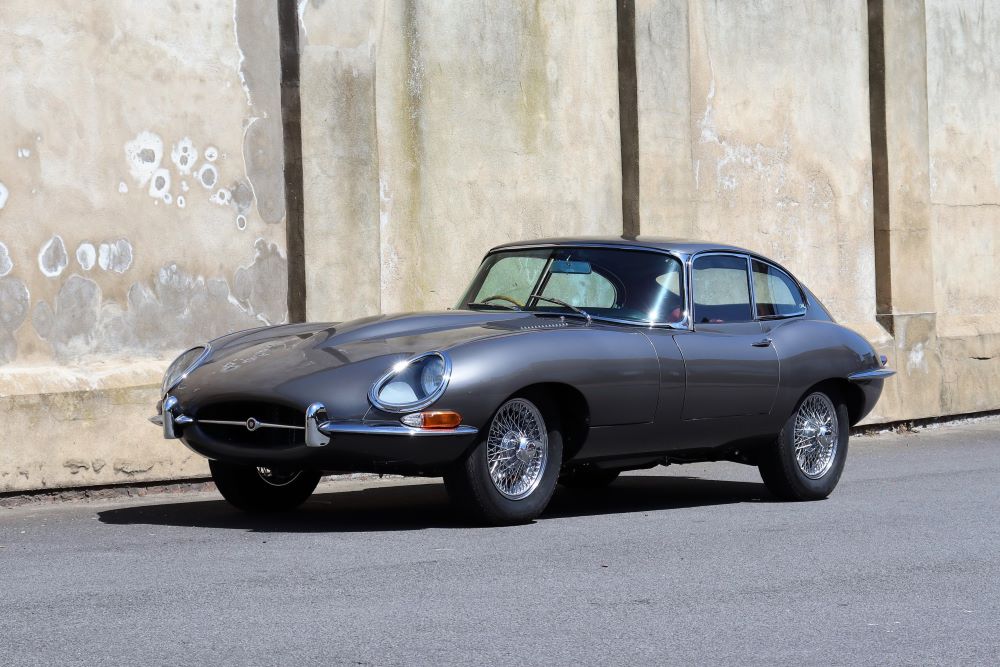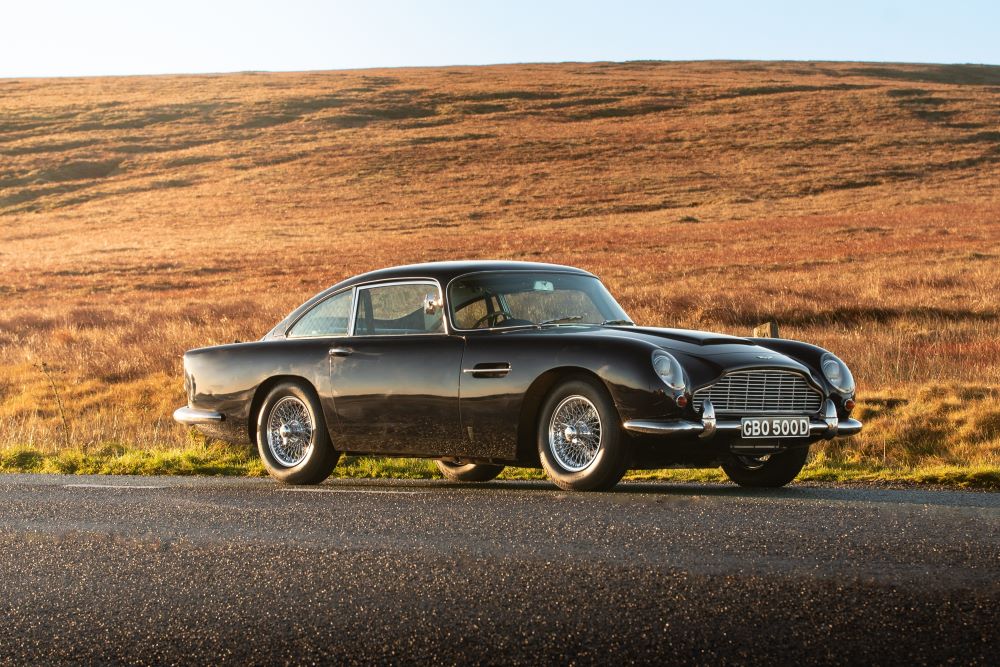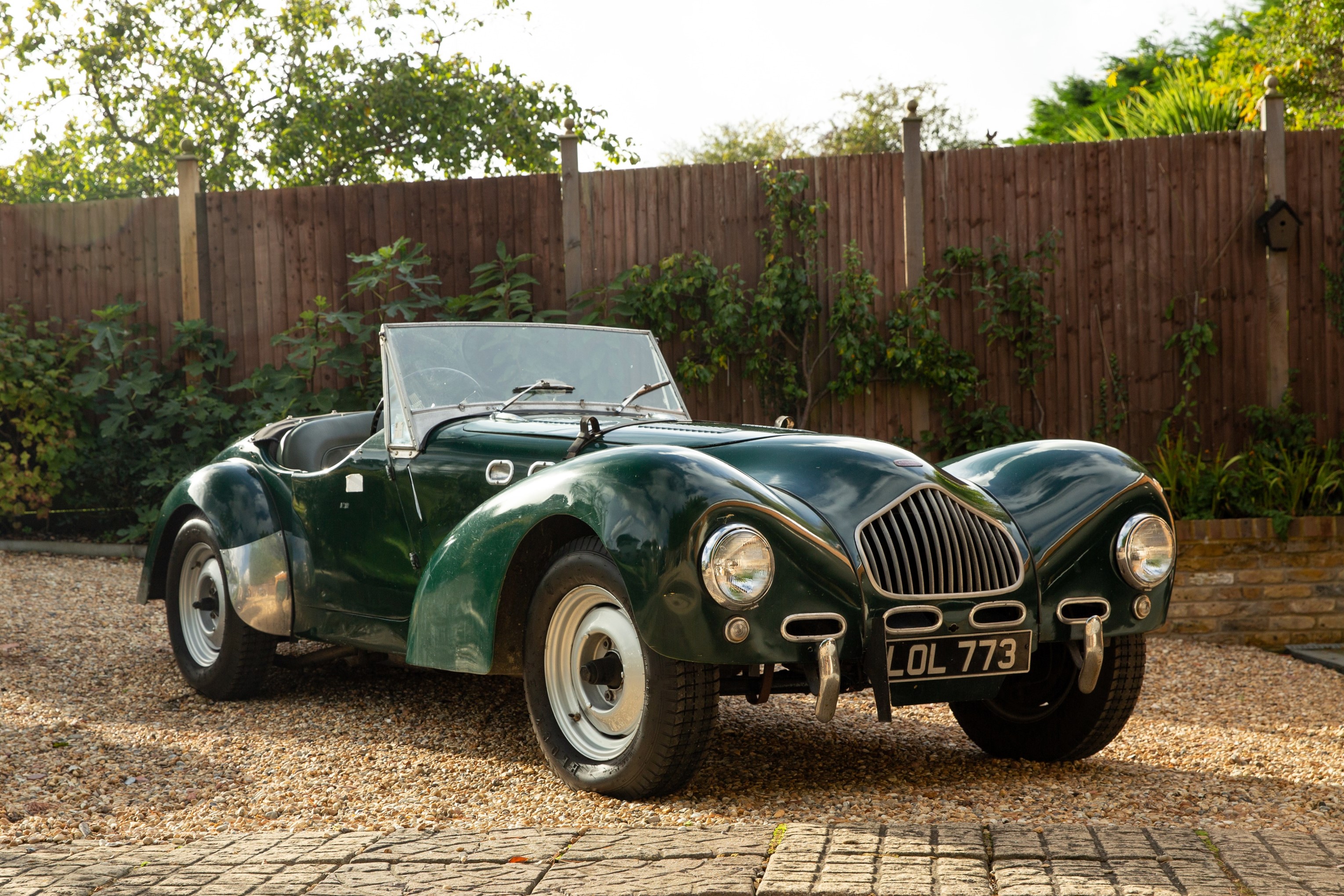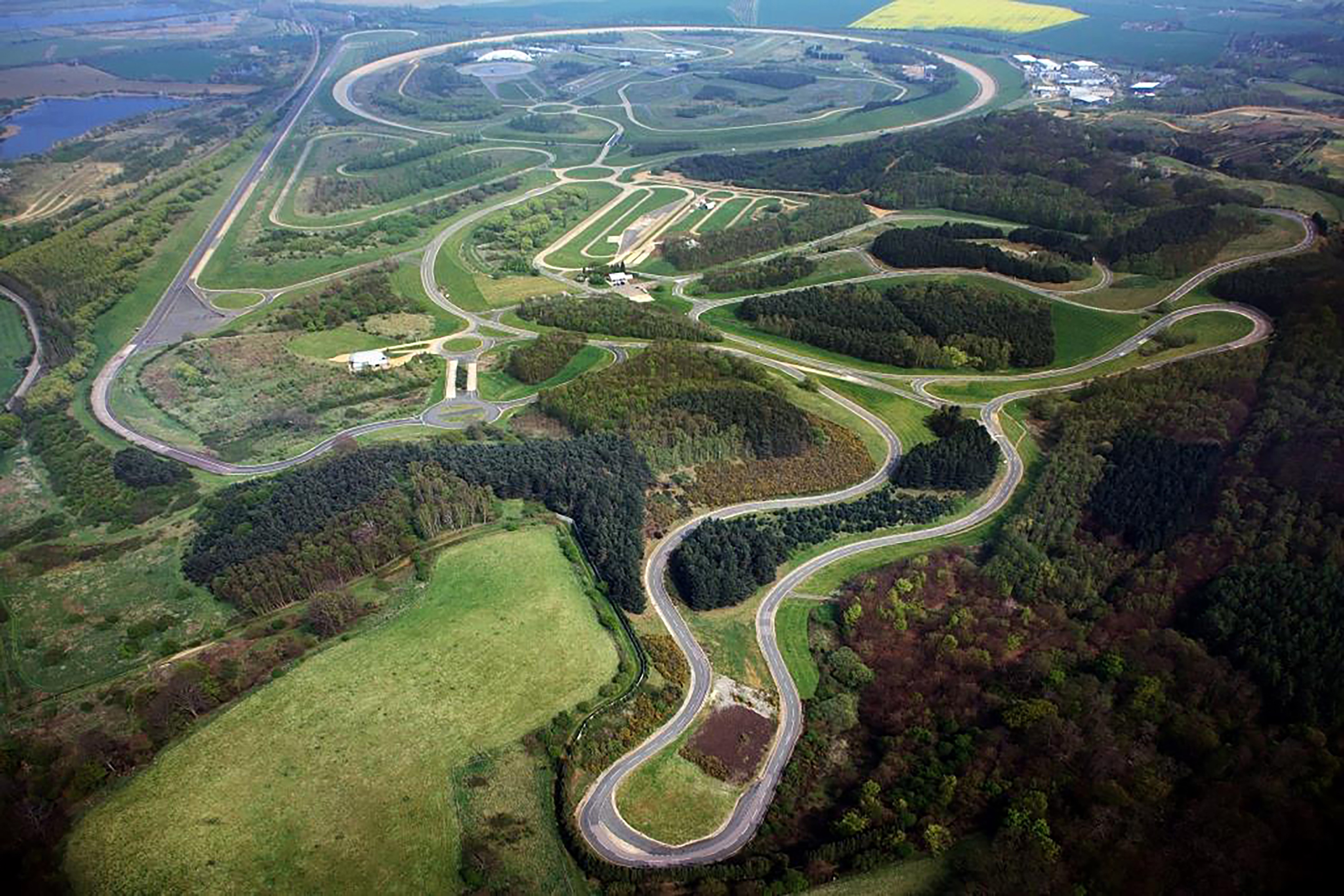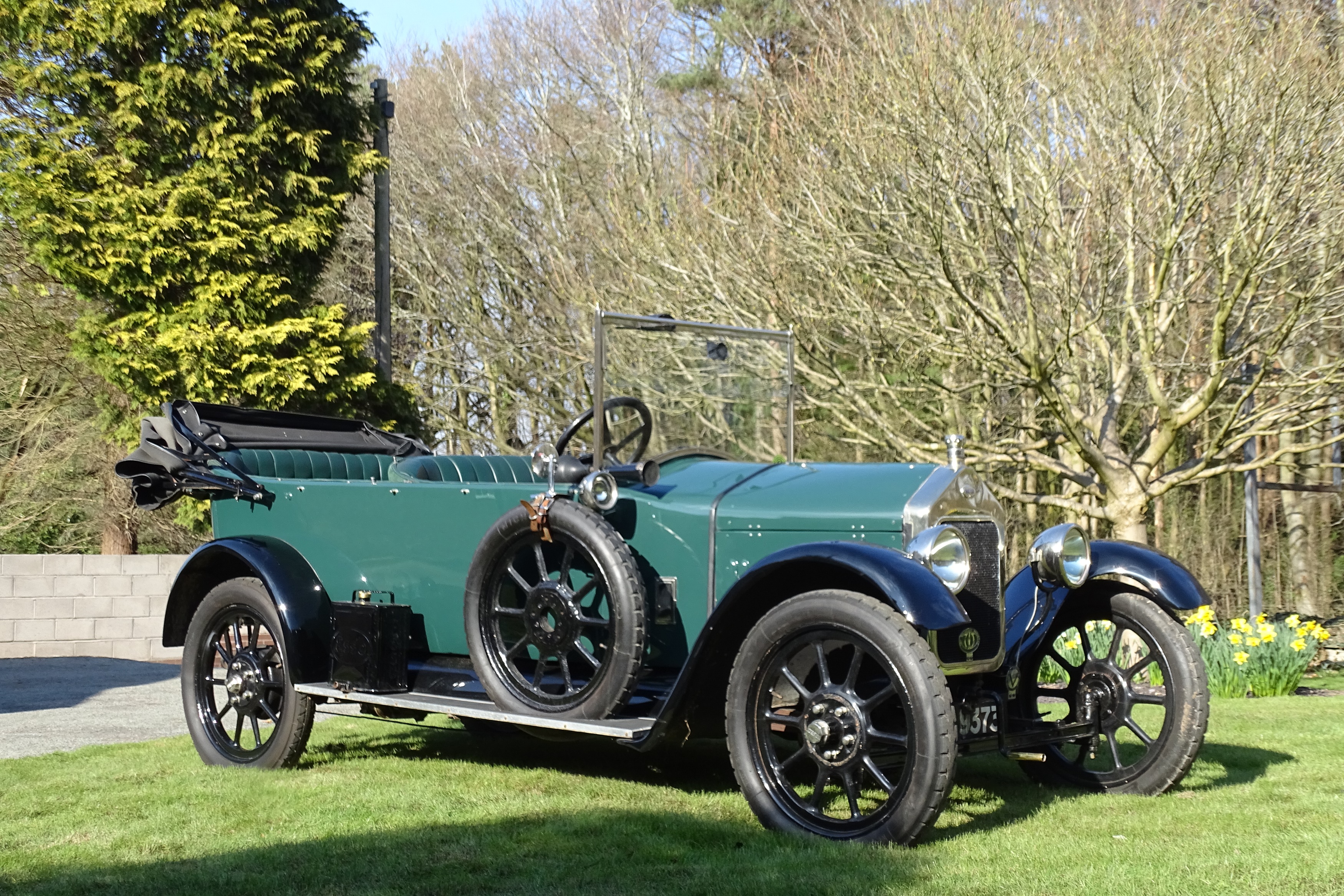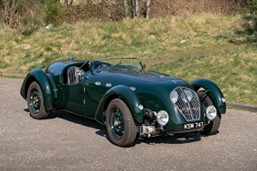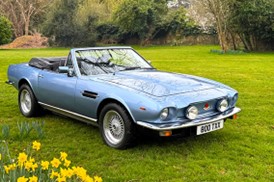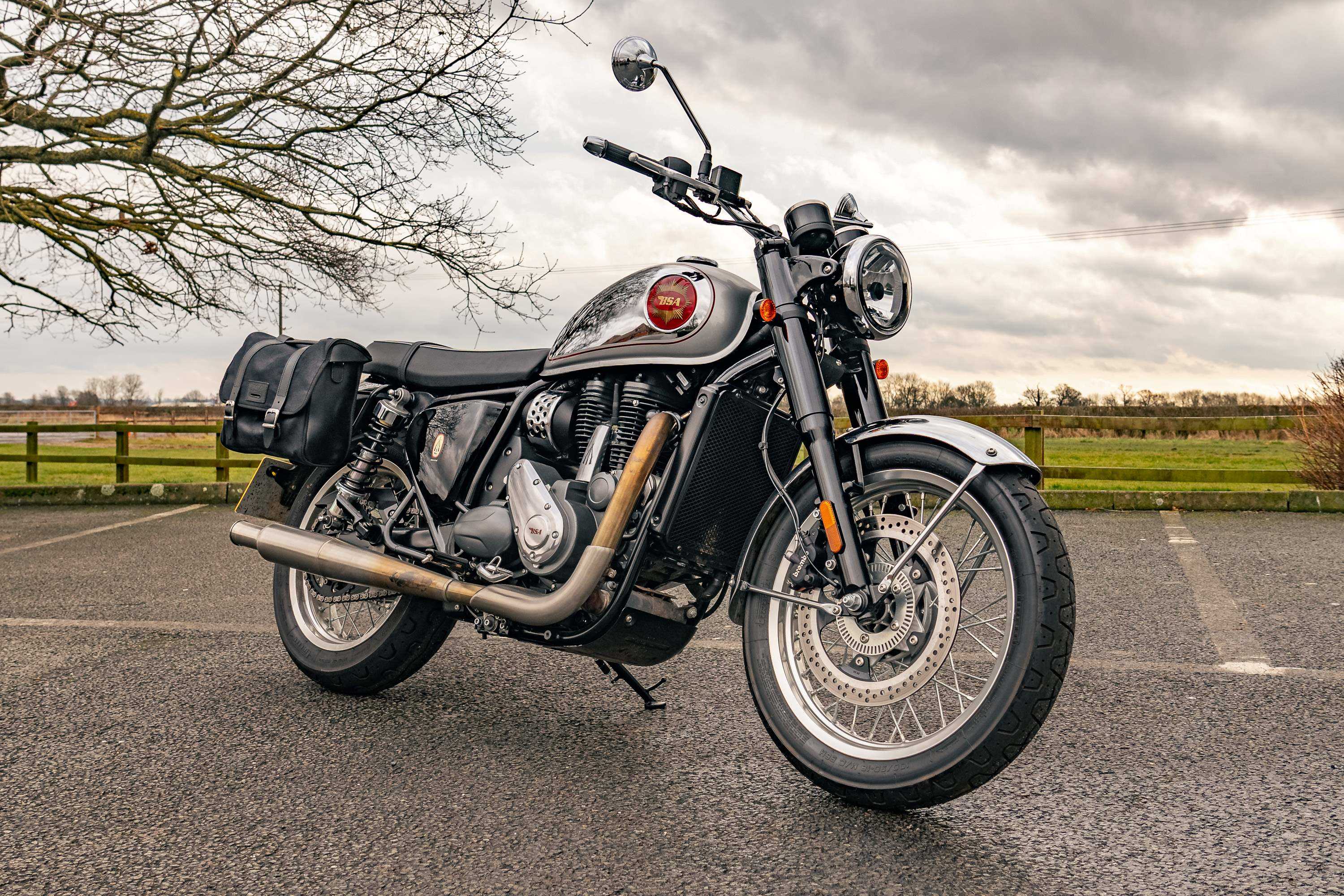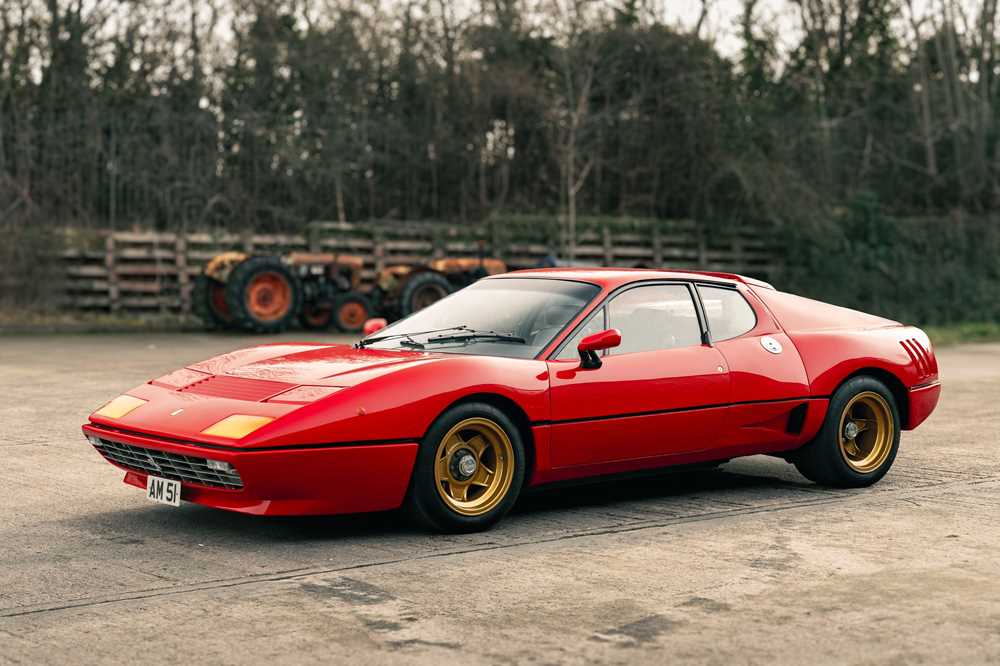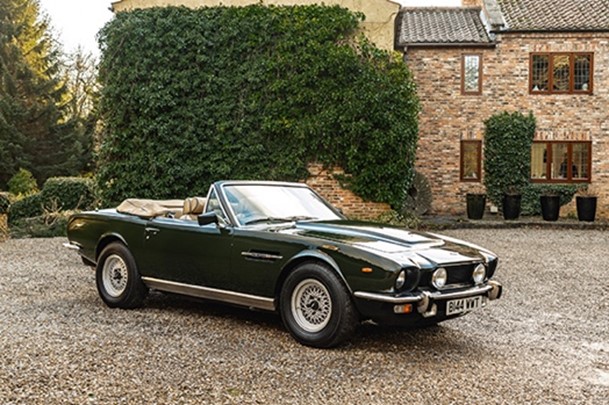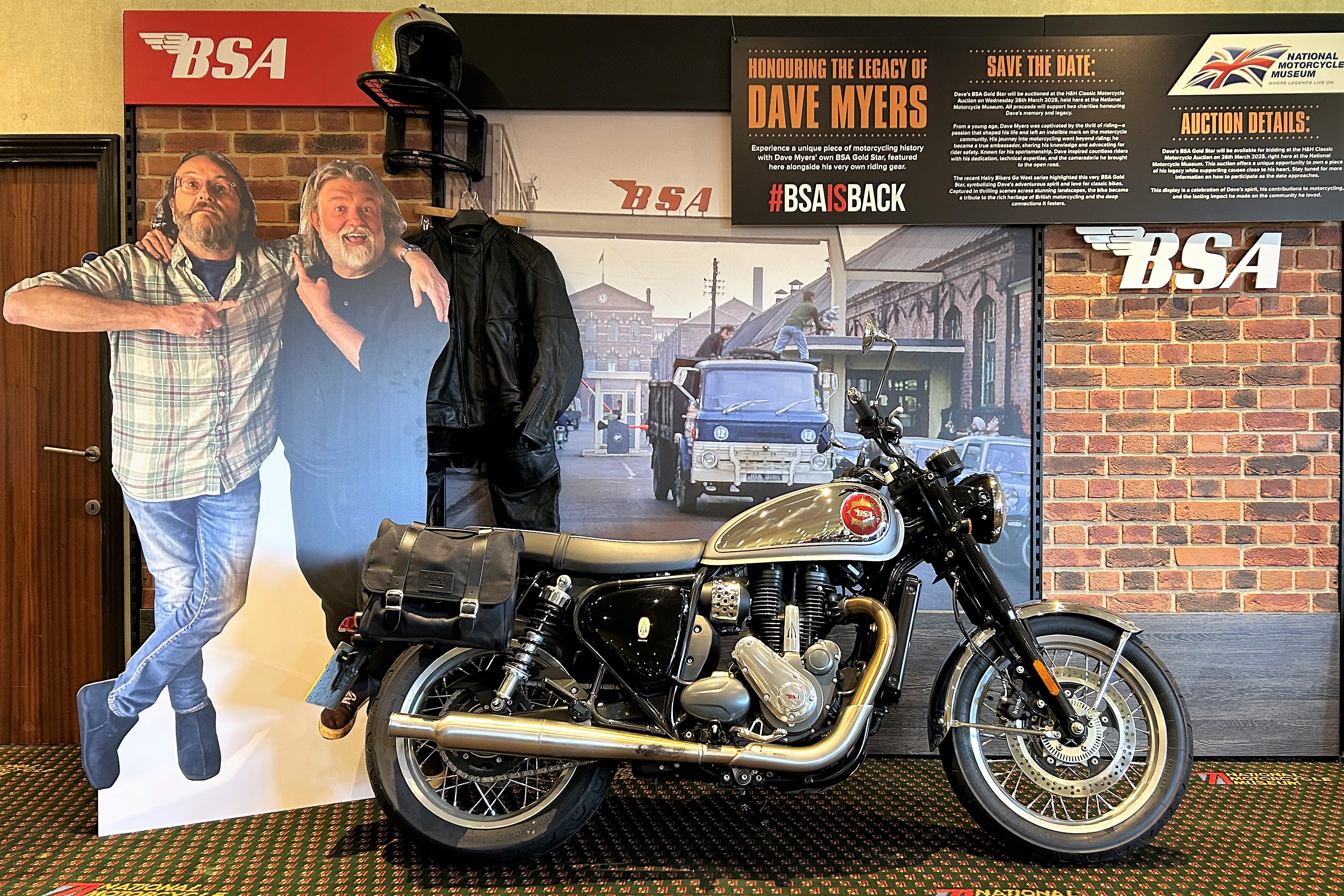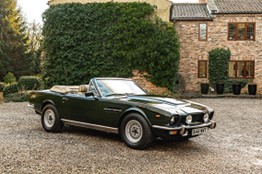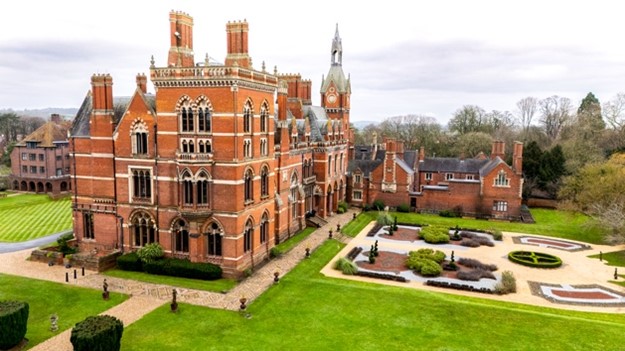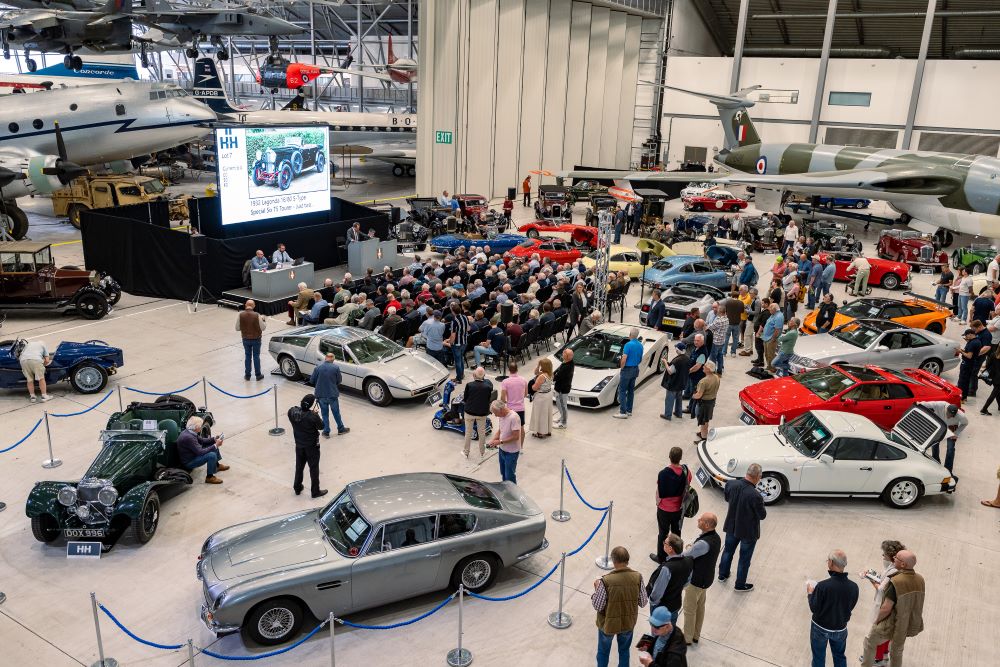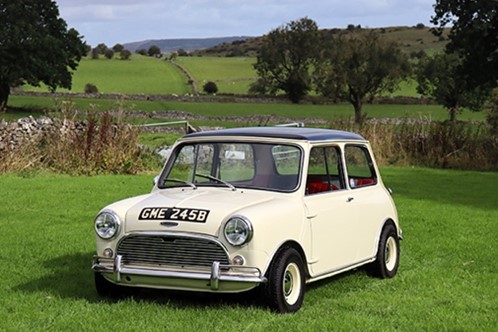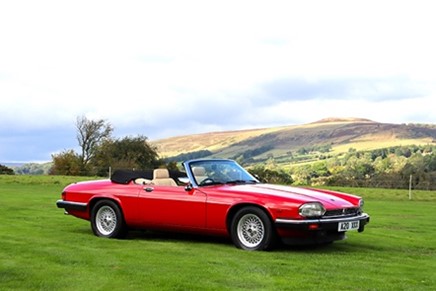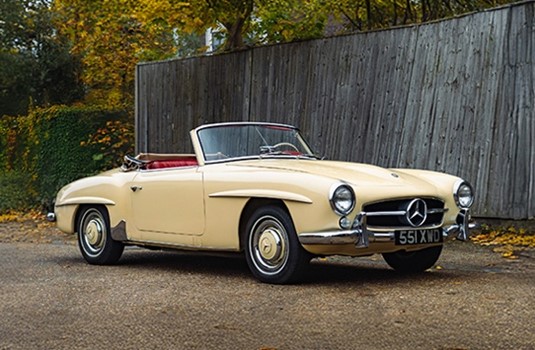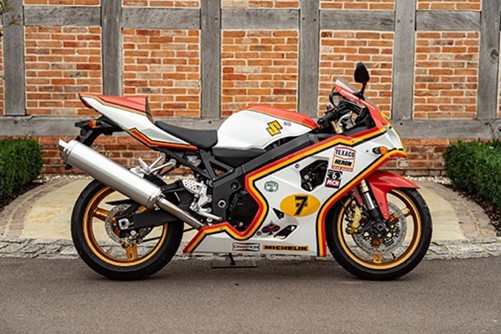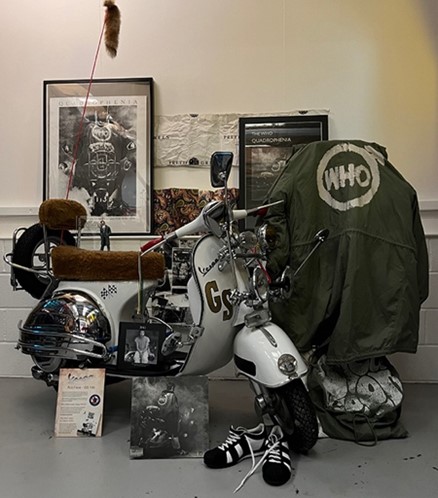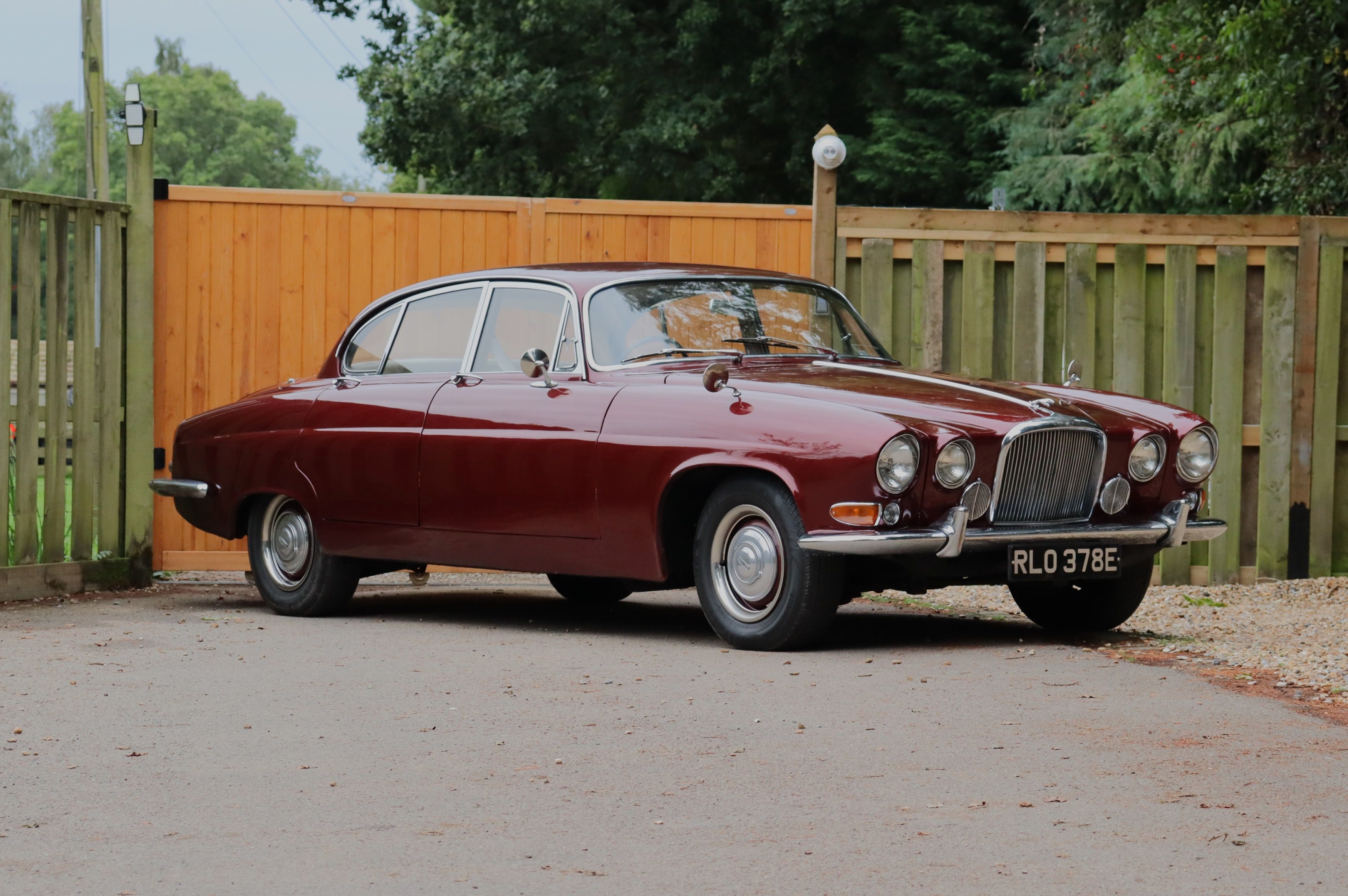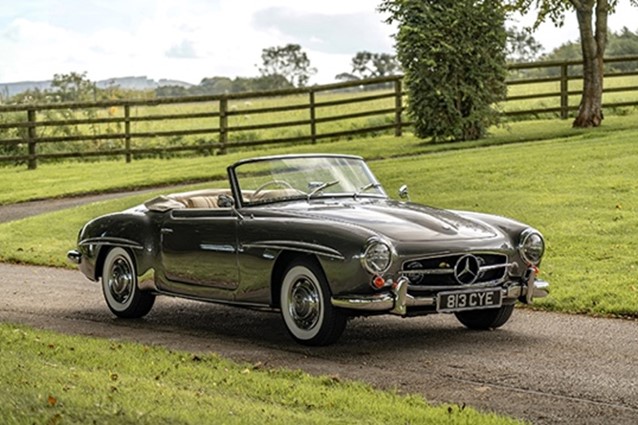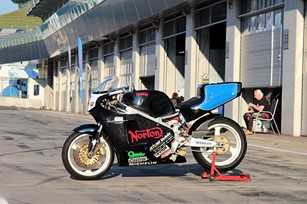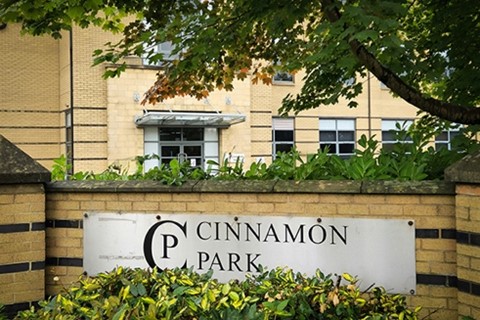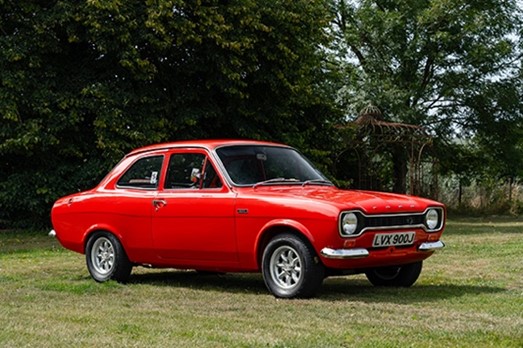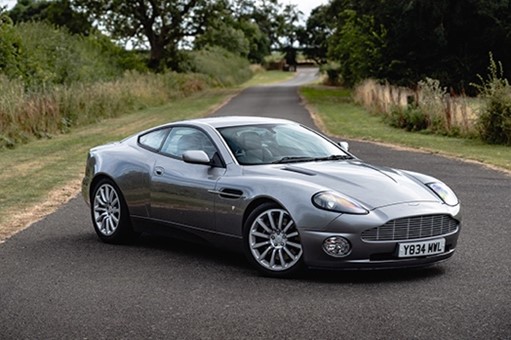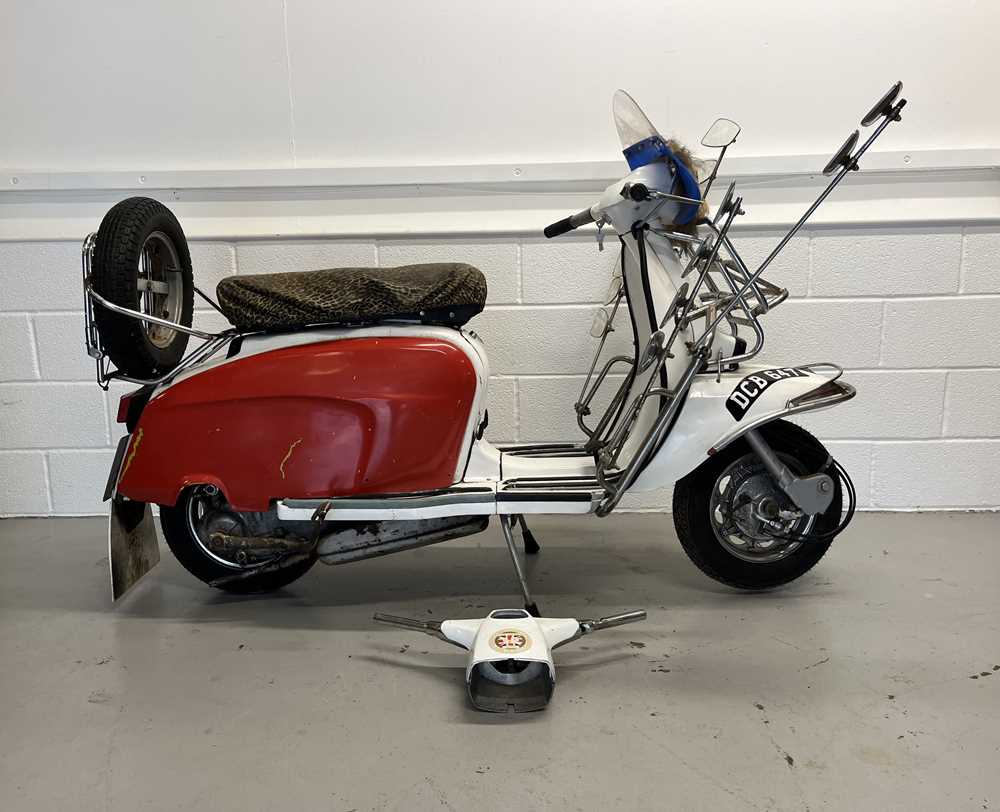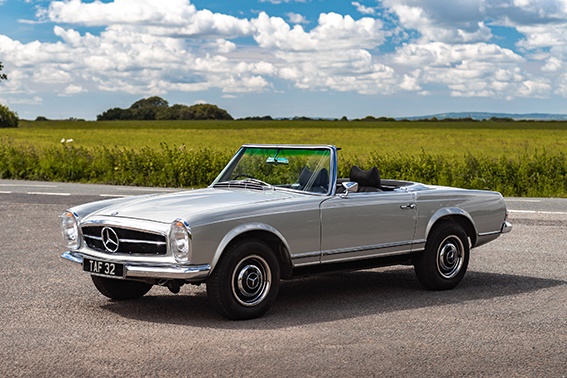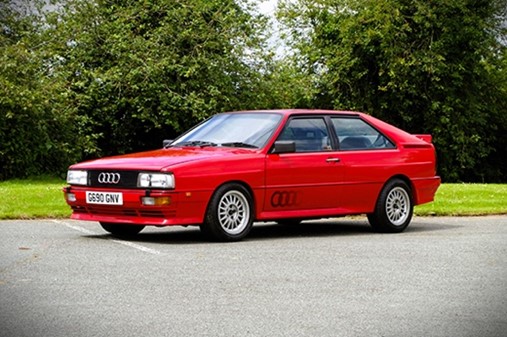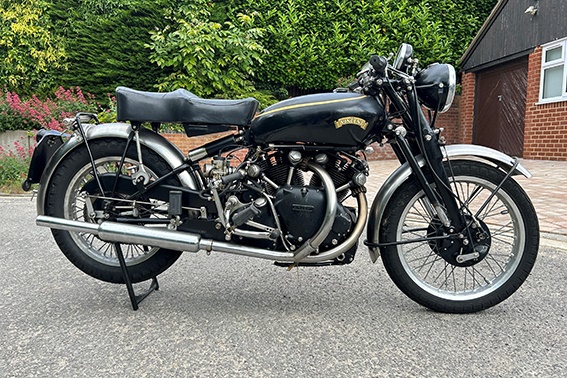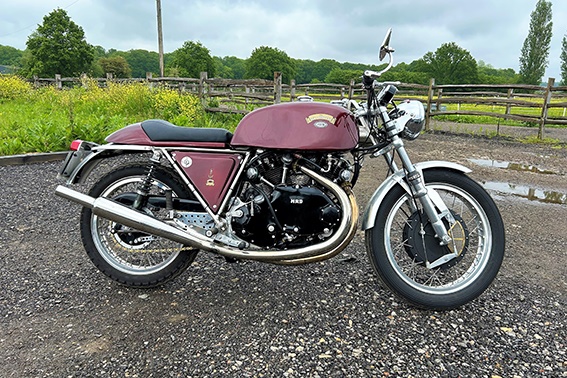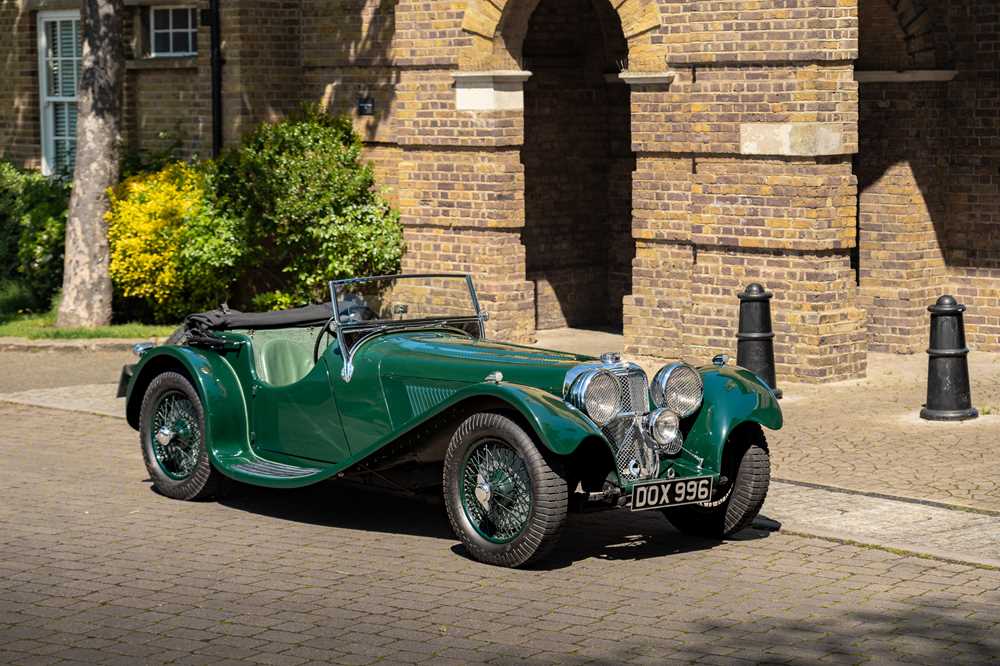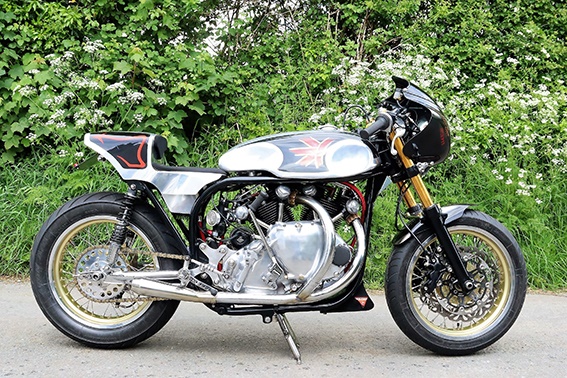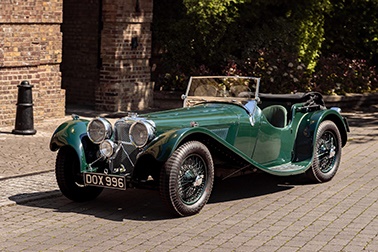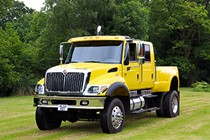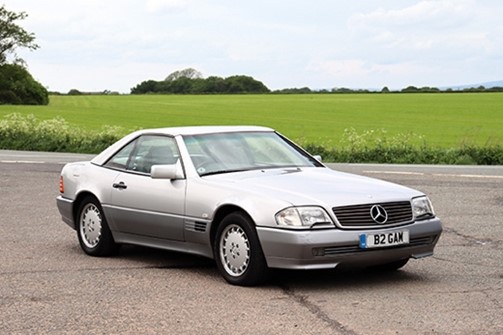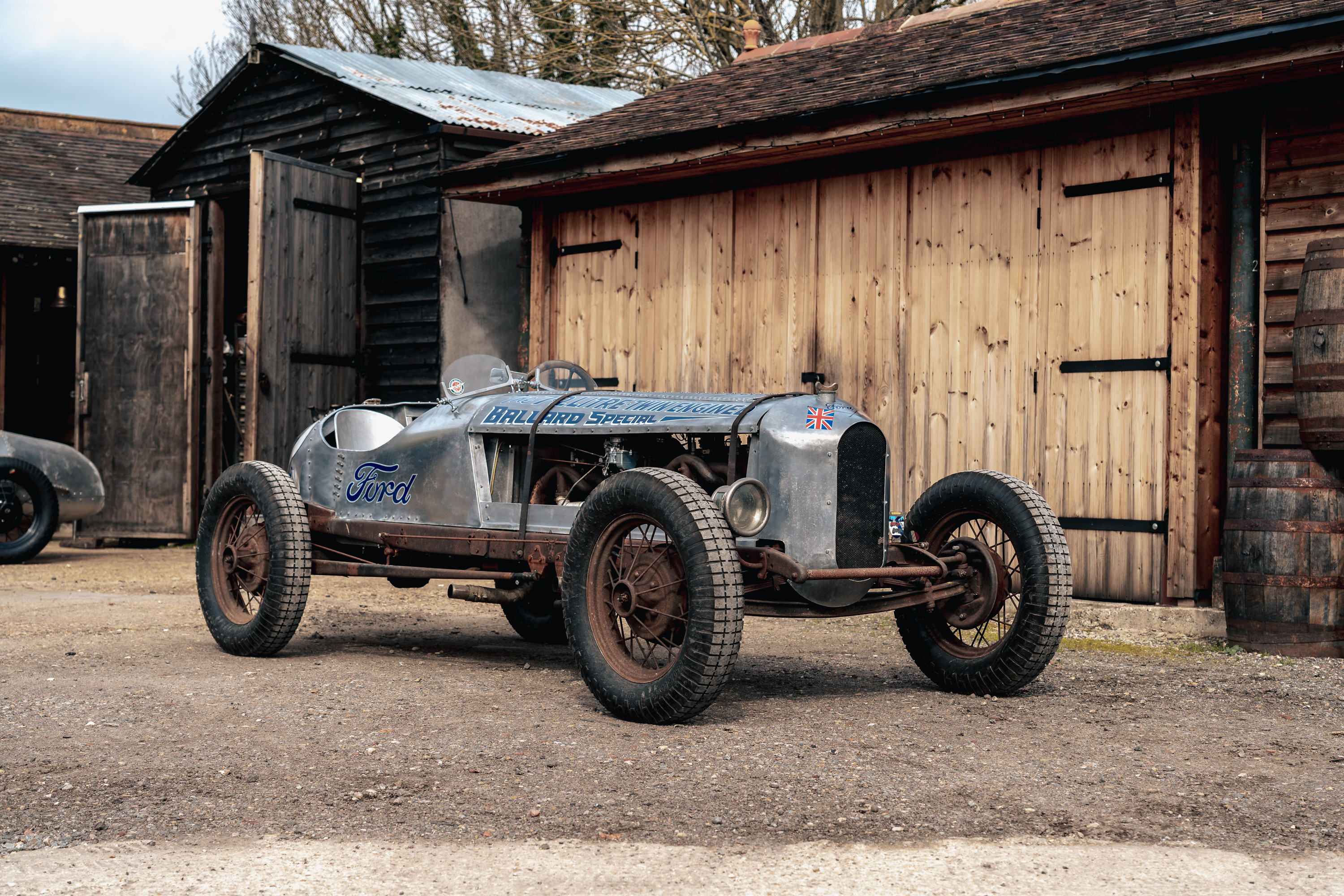21st Jul, 2010 14:50
The Pavilion Gardens
1934 Rolls-Royce 20/25 Special Touring Saloon
Estimated at £32,000 - £38,000
Lot details
Registration No: AYU 347
Chassis No: GRC28
Mot Expiry: Jan 2011
"The driver who has never handled a Rolls-Royce is likely to want to know wherein it differs from the general run of motor cars. That is a point it is impossible to deal with adequately in few words, but the principal impressions concern the extreme delicacy of control, the amazing flexibility on top gear, the silence and quality of the acceleration, and the fact that the engine is as quiet and smooth when the car is travelling at the maximum as it is at lower speeds" (Rolls-Royce 20/25hp Road Test by The Autocar, May 29th 1931).
A logical progression from Rolls-Royce's first `owner driver' model the 20hp, the 20/25hp was introduced in 1929. Near identical to its forebear, at least to begin with, the newcomer enjoyed a greater turn of speed thanks to an enlarged 3669cc OHV straight-six engine. Fed by a single Rolls-Royce carburettor and carrying both magneto and coil ignition, the super-smooth powerplant was mounted in unit with a four-speed manual gearbox (the latter operated via a traditional right-hand change). Capable of supporting a wide variety of coachwork, the 20/25hp's substantial ladder frame chassis was equipped with all-round semi-elliptic leaf-sprung suspension, four-wheel drum brakes and a mechanical servo. Progressively developed, the Rolls-Royce 20/25hp remained in production until 1936 by which time some 3,827 are thought to have been sold.
This particular example, chassis number 'GRC 28', was ordered from Jack Barclay Ltd of George St, Hanover Square W1 by The Right Honourable Lord Glentanar of Glen Tanar, Aboyne, Aberdeenshire on 3rd November 1933. A former Black Watch officer, Thomas Coats became the second member of his family to ascend to the peerage shortly after resigning his commission at the end of World War One. Head of Britain's biggest textile company which during the early twentieth century boasted profits larger than those of Imperial Tobacco and Guinness Brewers combined, he was fabulously wealthy. Tucked in a remote glen near Balmoral Castle, the 28,000 acre Glen Tanar estate was lavishly appointed. As well as a private theatre complete with full-size organ, it boasted centrally-heated kennels and stained glass windows in the piggery! Links to the neighbouring Royals were close and Coats' daughter Jean was a playmate of the then Princesses Elizabeth and Margaret.
Upstaged only by his collection of yachts, the second Lord Glentanar's garage variously played host to two Rolls-Royce Silver Ghosts, a Rolls-Royce 20hp, two Rolls-Royce 20/25hps and a Bentley 3.5 Litre etc. A keen motorist, he specified that chassis 'GRC 28' be bodied as a 'Rally Type Saloon' suitable for 'Touring at comparatively high speed' with 2/3 people aboard and little or no luggage. The coachwork judged to best suit his needs was Park Ward's highly exclusive Special Touring Saloon of which just thirteen examples are thought to have been made (a notably small percentage of the 620 or so 20/25hp chassis that Park Ward clothed). The Willesden-based firm may have been better known for their more populous and less adventurous designs but it is not hard to see why Thomas Coats was won over by the Special Touring Saloon. Looking in some respects like a scaled-down Phantom II Continental, the elegant four-door boasted such stylistic niceties as a gently raked windscreen, adroitly-integrated belt line, subtly rounded boot and intricately sculpted front wings. While the addition of a centre spotlight, sliding sunroof, twin side-mounted spare wheels and polished Staybrite bonnet hinge mouldings only heightened its visual impact.
W.M. Park Esq of Park Ward fame is understood to have entered a Special Saloon for the 1934 Royal Scottish Automobile Club Rally and to have won the event's Best Saloon Coachwork award. Apparently known to borrow customers' cars on occasion, it is not beyond the realms of possibility that his chosen exhibit was chassis 'GRC 28'. Though, there is currently no evidence to support this speculation. The second Lord Glentanar's property portfolio included an imposing London townhouse situated just off Berkeley Square, 11 Hill Street, which apart from being famous for its sunken marble baths might also explain his need for a car capable of 'Touring at comparatively high speed'; the journey between Aboyne and England's capital being possible with a day's hard driving. The Rolls-Royce's next custodian, Alexander Allan Esq of Troon, Ayrshire, entrusted its maintenance to the Clyde Auto Co during the mid / late 1930s. Aside from an engine overhaul in April 1939 much of the work carried out by the Glaswegian firm seems to have been routine.
Having survived World War Two, the 20/25hp relocated to London and the ownership of H.C. Paul Ltd of 32 Bruton Place, London W1 (coincidentally another address in the Berkeley Square area). Thereafter, it is known to have passed through the hands of David Martin Esq of Hall Rd, London NW8, W.M. Wadman Taylor MRCVS of Glendower Place, South Kensington SW7, Kenneth Spelman Esq of Micklegate, York and Alan Ridsdell Esq of Acomb, York. Interestingly, chassis 'GRC 28' was finished in black with red leather upholstery - the same livery it sports today - when Mr Wadman Taylor agreed to purchase it on 22nd December 1956 for £475. A copy invoice on file from the following month opines that the Special Touring Saloon "may have been laid up for some time" and gives an odometer reading of 91,074 miles. Mr Wadman Taylor had one of the car's bumpers rechromed and even wrote to Rolls-Royce's London Service Depot to enquire as to the correct maintenance intervals and lubricants etc for it. Thanks in part to his ministrations, chassis 'GRC 28' cost Mr Kenneth Spelman the princely sum of £530 on 14th April 1958. Seemingly in good mechanical health, its odometer reading had increased to (1)22,430 by May 1961.
Migrating to America during the early 1980s, the elegant four-door has only recently been repatriated. Treated to some minor mechanical recommissioning work and sundry cosmetic improvements, it pleasingly retains such original features as the centre spotlight, sliding sunroof, twin side-mounted spare wheels and polished Staybrite bonnet hinge mouldings. More usable than a 20hp and far wieldier than a Phantom, 20/25hps are decidedly undervalued in today's market with current prices bearing little relation proportionally to their initial purchase costs. Not only was this Special Touring Saloon a very rare car to begin with, its first owner was a man whose tastes reflected the fact that he could quite literally afford anything. Worthy of close inspection, this delightful Rolls-Royce has the makings of a concours contender and would surely be welcome at a host of RREC and other prestigious events.
Registration No: AYU 347
Chassis No: GRC28
Mot Expiry: Jan 2011
"The driver who has never handled a Rolls-Royce is likely to want to know wherein it differs from the general run of motor cars. That is a point it is impossible to deal with adequately in few words, but the principal impressions concern the extreme delicacy of control, the amazing flexibility on top gear, the silence and quality of the acceleration, and the fact that the engine is as quiet and smooth when the car is travelling at the maximum as it is at lower speeds" (Rolls-Royce 20/25hp Road Test by The Autocar, May 29th 1931).
A logical progression from Rolls-Royce's first `owner driver' model the 20hp, the 20/25hp was introduced in 1929. Near identical to its forebear, at least to begin with, the newcomer enjoyed a greater turn of speed thanks to an enlarged 3669cc OHV straight-six engine. Fed by a single Rolls-Royce carburettor and carrying both magneto and coil ignition, the super-smooth powerplant was mounted in unit with a four-speed manual gearbox (the latter operated via a traditional right-hand change). Capable of supporting a wide variety of coachwork, the 20/25hp's substantial ladder frame chassis was equipped with all-round semi-elliptic leaf-sprung suspension, four-wheel drum brakes and a mechanical servo. Progressively developed, the Rolls-Royce 20/25hp remained in production until 1936 by which time some 3,827 are thought to have been sold.
This particular example, chassis number 'GRC 28', was ordered from Jack Barclay Ltd of George St, Hanover Square W1 by The Right Honourable Lord Glentanar of Glen Tanar, Aboyne, Aberdeenshire on 3rd November 1933. A former Black Watch officer, Thomas Coats became the second member of his family to ascend to the peerage shortly after resigning his commission at the end of World War One. Head of Britain's biggest textile company which during the early twentieth century boasted profits larger than those of Imperial Tobacco and Guinness Brewers combined, he was fabulously wealthy. Tucked in a remote glen near Balmoral Castle, the 28,000 acre Glen Tanar estate was lavishly appointed. As well as a private theatre complete with full-size organ, it boasted centrally-heated kennels and stained glass windows in the piggery! Links to the neighbouring Royals were close and Coats' daughter Jean was a playmate of the then Princesses Elizabeth and Margaret.
Upstaged only by his collection of yachts, the second Lord Glentanar's garage variously played host to two Rolls-Royce Silver Ghosts, a Rolls-Royce 20hp, two Rolls-Royce 20/25hps and a Bentley 3.5 Litre etc. A keen motorist, he specified that chassis 'GRC 28' be bodied as a 'Rally Type Saloon' suitable for 'Touring at comparatively high speed' with 2/3 people aboard and little or no luggage. The coachwork judged to best suit his needs was Park Ward's highly exclusive Special Touring Saloon of which just thirteen examples are thought to have been made (a notably small percentage of the 620 or so 20/25hp chassis that Park Ward clothed). The Willesden-based firm may have been better known for their more populous and less adventurous designs but it is not hard to see why Thomas Coats was won over by the Special Touring Saloon. Looking in some respects like a scaled-down Phantom II Continental, the elegant four-door boasted such stylistic niceties as a gently raked windscreen, adroitly-integrated belt line, subtly rounded boot and intricately sculpted front wings. While the addition of a centre spotlight, sliding sunroof, twin side-mounted spare wheels and polished Staybrite bonnet hinge mouldings only heightened its visual impact.
W.M. Park Esq of Park Ward fame is understood to have entered a Special Saloon for the 1934 Royal Scottish Automobile Club Rally and to have won the event's Best Saloon Coachwork award. Apparently known to borrow customers' cars on occasion, it is not beyond the realms of possibility that his chosen exhibit was chassis 'GRC 28'. Though, there is currently no evidence to support this speculation. The second Lord Glentanar's property portfolio included an imposing London townhouse situated just off Berkeley Square, 11 Hill Street, which apart from being famous for its sunken marble baths might also explain his need for a car capable of 'Touring at comparatively high speed'; the journey between Aboyne and England's capital being possible with a day's hard driving. The Rolls-Royce's next custodian, Alexander Allan Esq of Troon, Ayrshire, entrusted its maintenance to the Clyde Auto Co during the mid / late 1930s. Aside from an engine overhaul in April 1939 much of the work carried out by the Glaswegian firm seems to have been routine.
Having survived World War Two, the 20/25hp relocated to London and the ownership of H.C. Paul Ltd of 32 Bruton Place, London W1 (coincidentally another address in the Berkeley Square area). Thereafter, it is known to have passed through the hands of David Martin Esq of Hall Rd, London NW8, W.M. Wadman Taylor MRCVS of Glendower Place, South Kensington SW7, Kenneth Spelman Esq of Micklegate, York and Alan Ridsdell Esq of Acomb, York. Interestingly, chassis 'GRC 28' was finished in black with red leather upholstery - the same livery it sports today - when Mr Wadman Taylor agreed to purchase it on 22nd December 1956 for £475. A copy invoice on file from the following month opines that the Special Touring Saloon "may have been laid up for some time" and gives an odometer reading of 91,074 miles. Mr Wadman Taylor had one of the car's bumpers rechromed and even wrote to Rolls-Royce's London Service Depot to enquire as to the correct maintenance intervals and lubricants etc for it. Thanks in part to his ministrations, chassis 'GRC 28' cost Mr Kenneth Spelman the princely sum of £530 on 14th April 1958. Seemingly in good mechanical health, its odometer reading had increased to (1)22,430 by May 1961.
Migrating to America during the early 1980s, the elegant four-door has only recently been repatriated. Treated to some minor mechanical recommissioning work and sundry cosmetic improvements, it pleasingly retains such original features as the centre spotlight, sliding sunroof, twin side-mounted spare wheels and polished Staybrite bonnet hinge mouldings. More usable than a 20hp and far wieldier than a Phantom, 20/25hps are decidedly undervalued in today's market with current prices bearing little relation proportionally to their initial purchase costs. Not only was this Special Touring Saloon a very rare car to begin with, its first owner was a man whose tastes reflected the fact that he could quite literally afford anything. Worthy of close inspection, this delightful Rolls-Royce has the makings of a concours contender and would surely be welcome at a host of RREC and other prestigious events.
Auction: The Pavilion Gardens, 21st Jul, 2010
All successful bids must be paid in full by midday the day after the auction at the latest.
You can collect your new pride and joy from our venue until 1pm the day following the sale or our partners are on hand to help arrange safe transportation:
Do you have an item to sell?
If so, contact one of our friendly specialists for your free valuation by completing the form below and someone will get back to you as quickly as possible.
If you prefer to speak to humans, don't hesitate to call our office on +44 (0)1925 210035
Other lots in this sale
